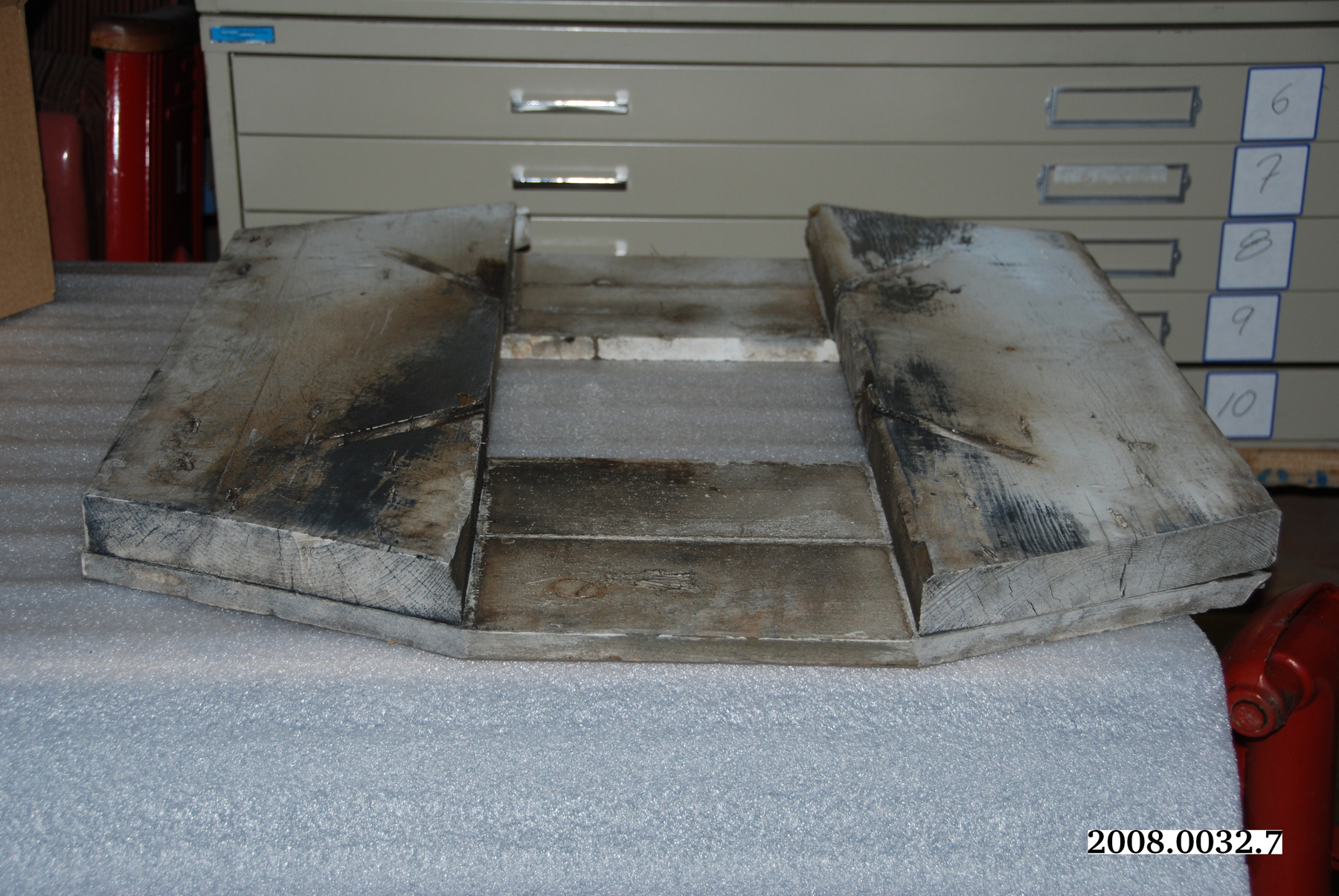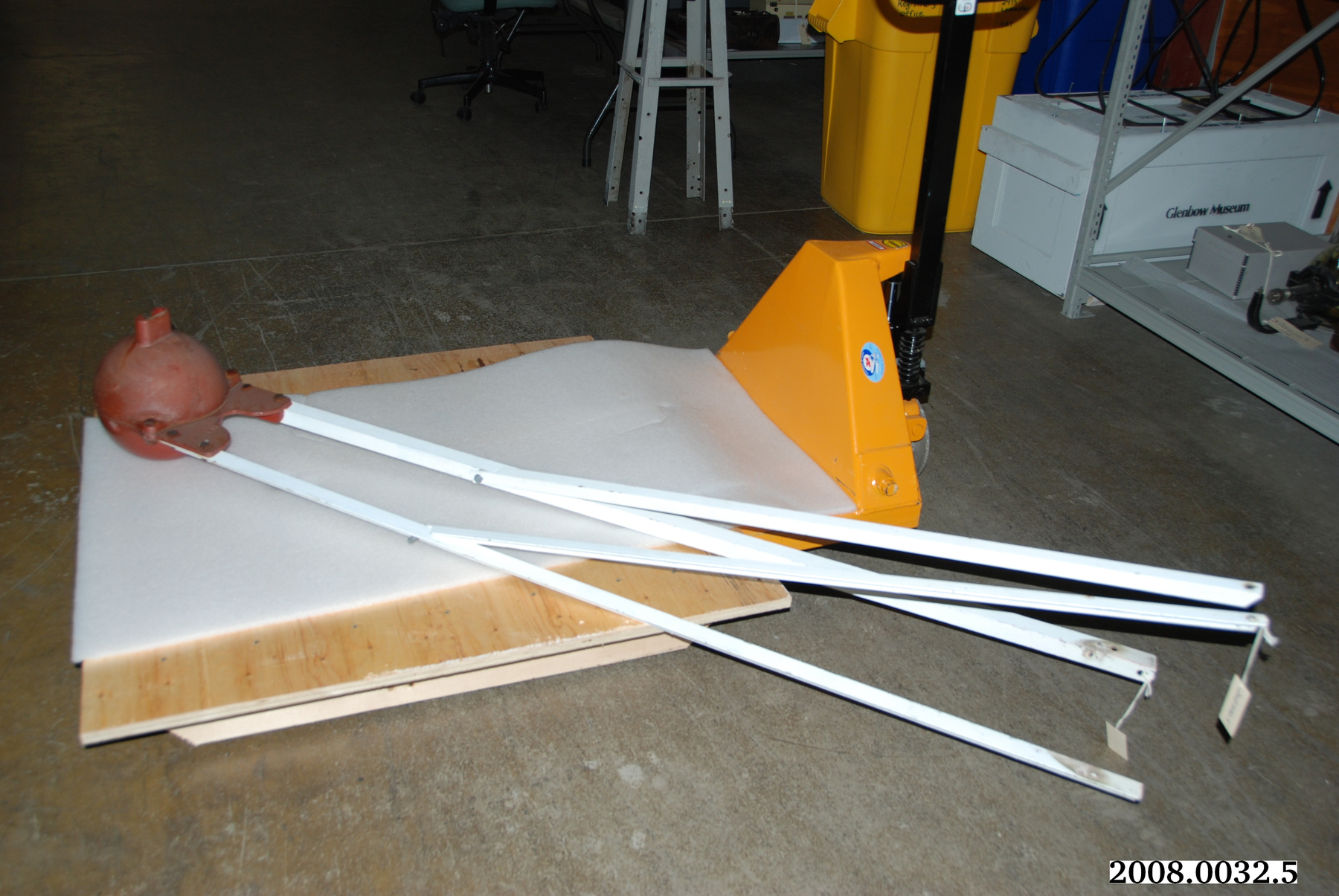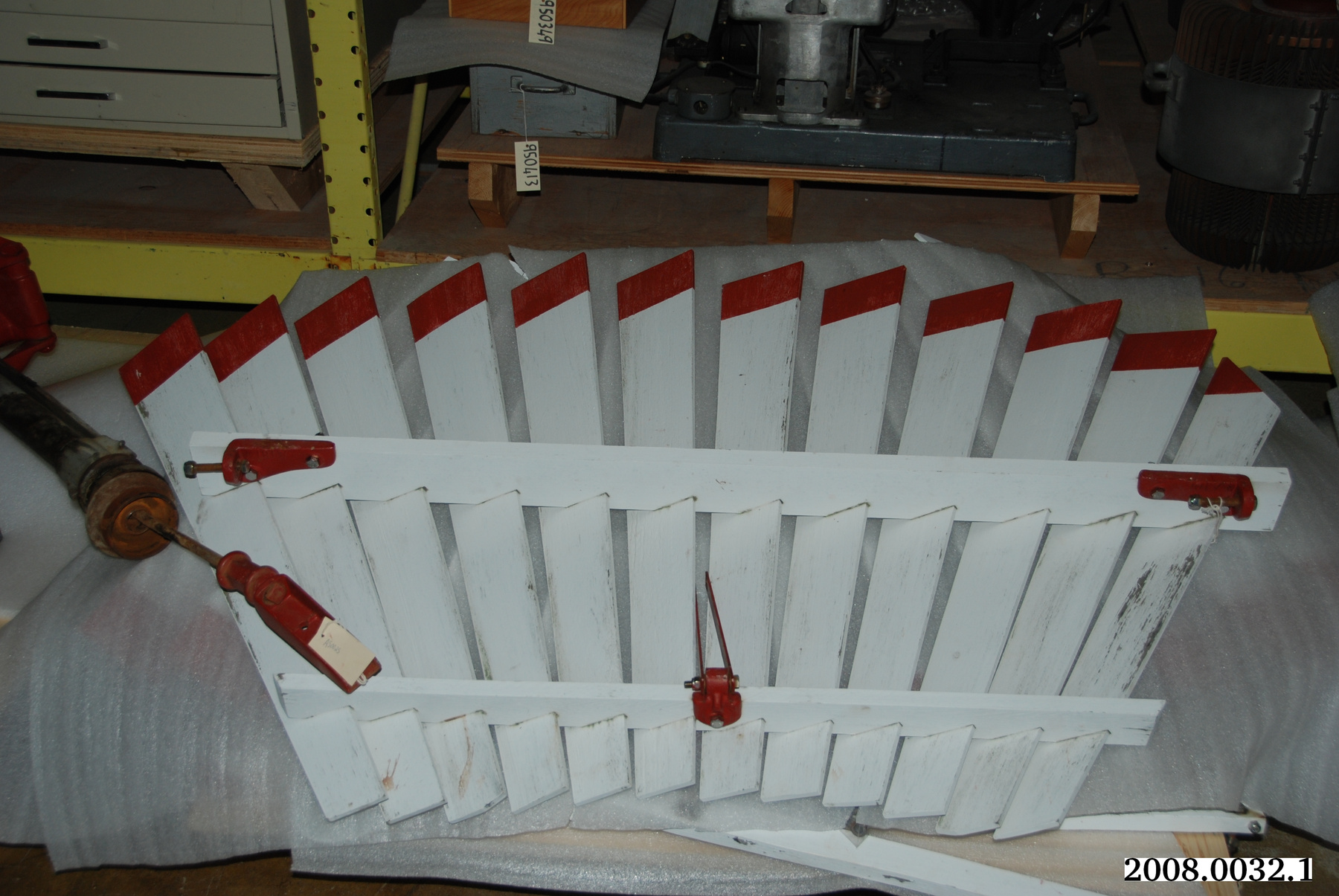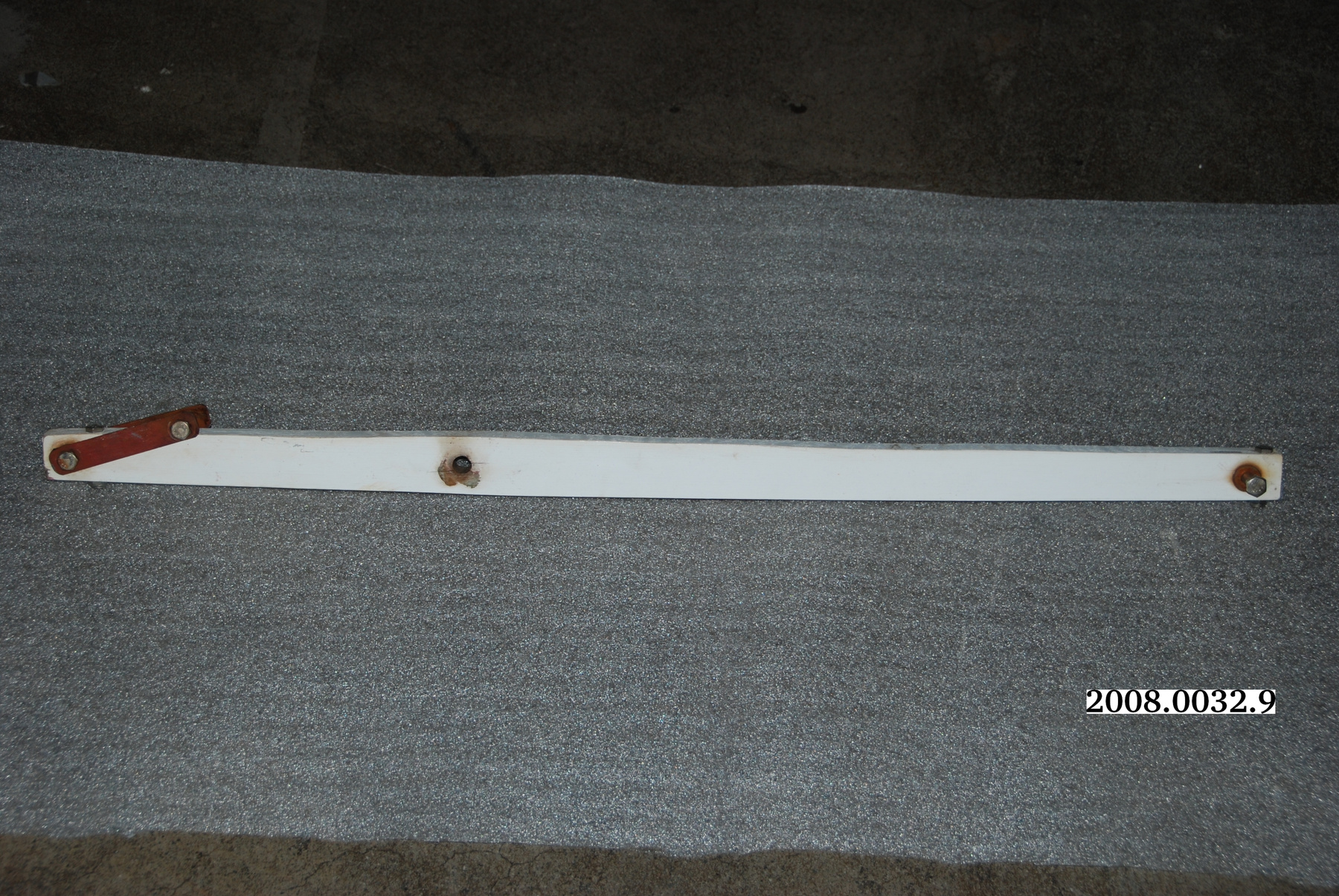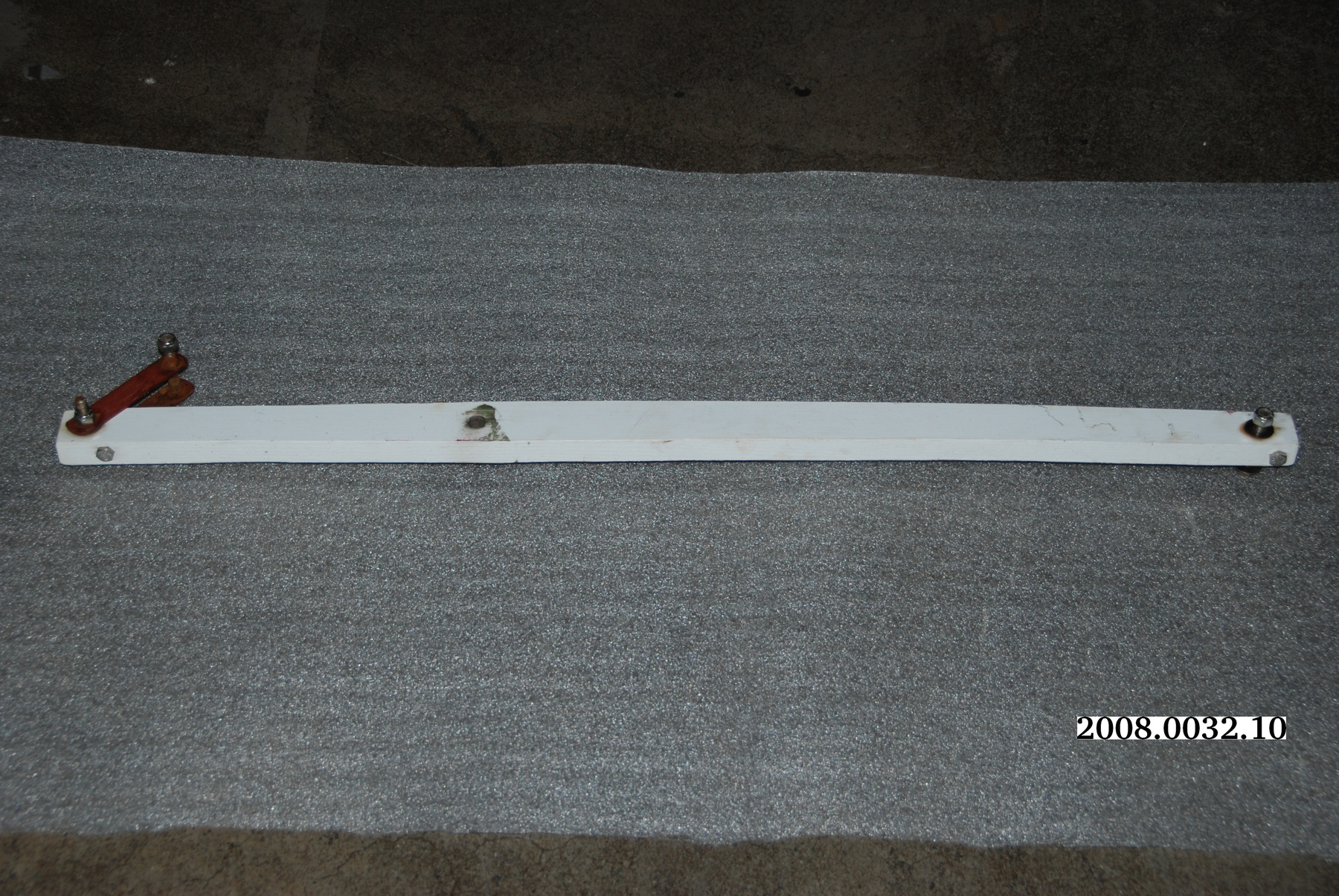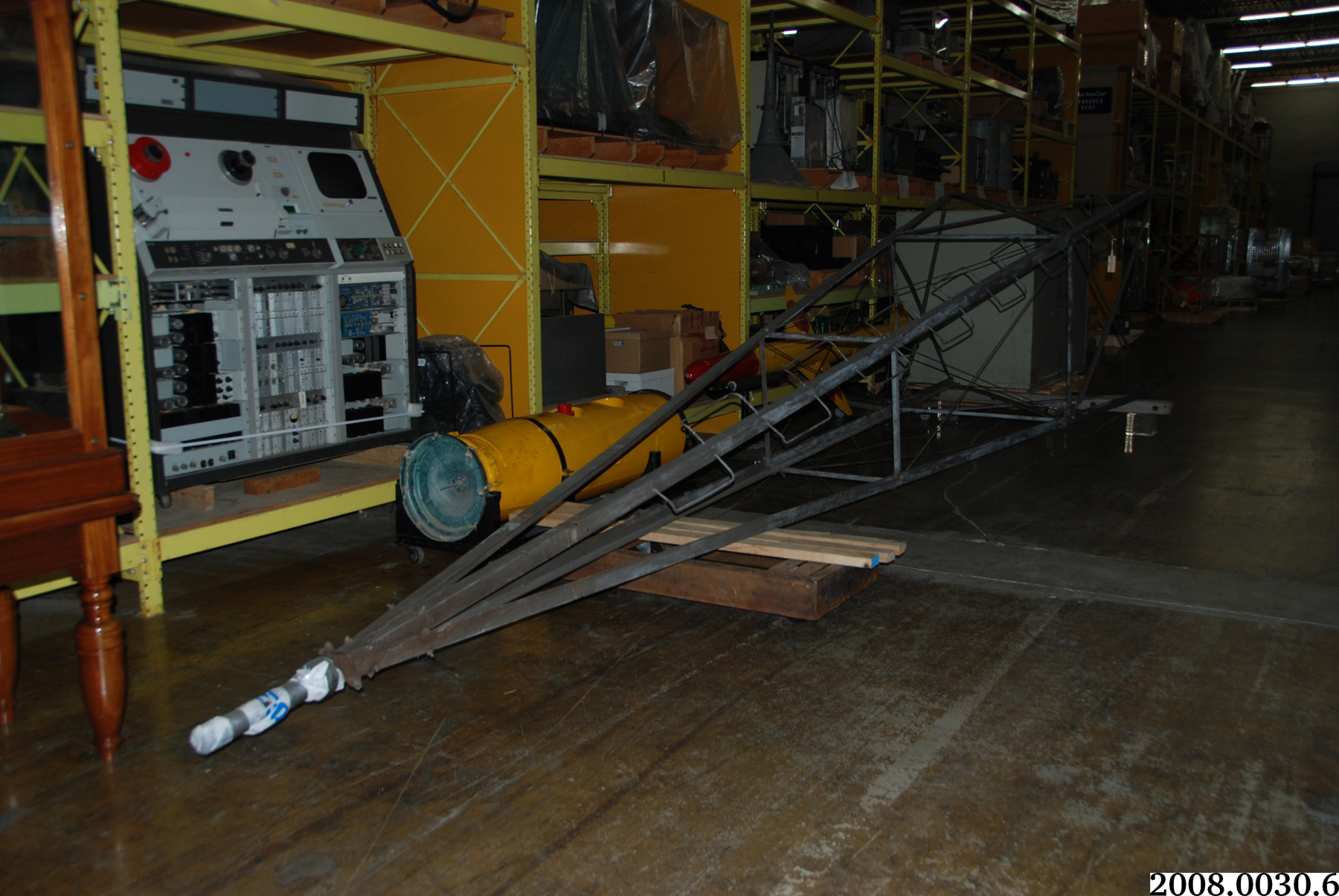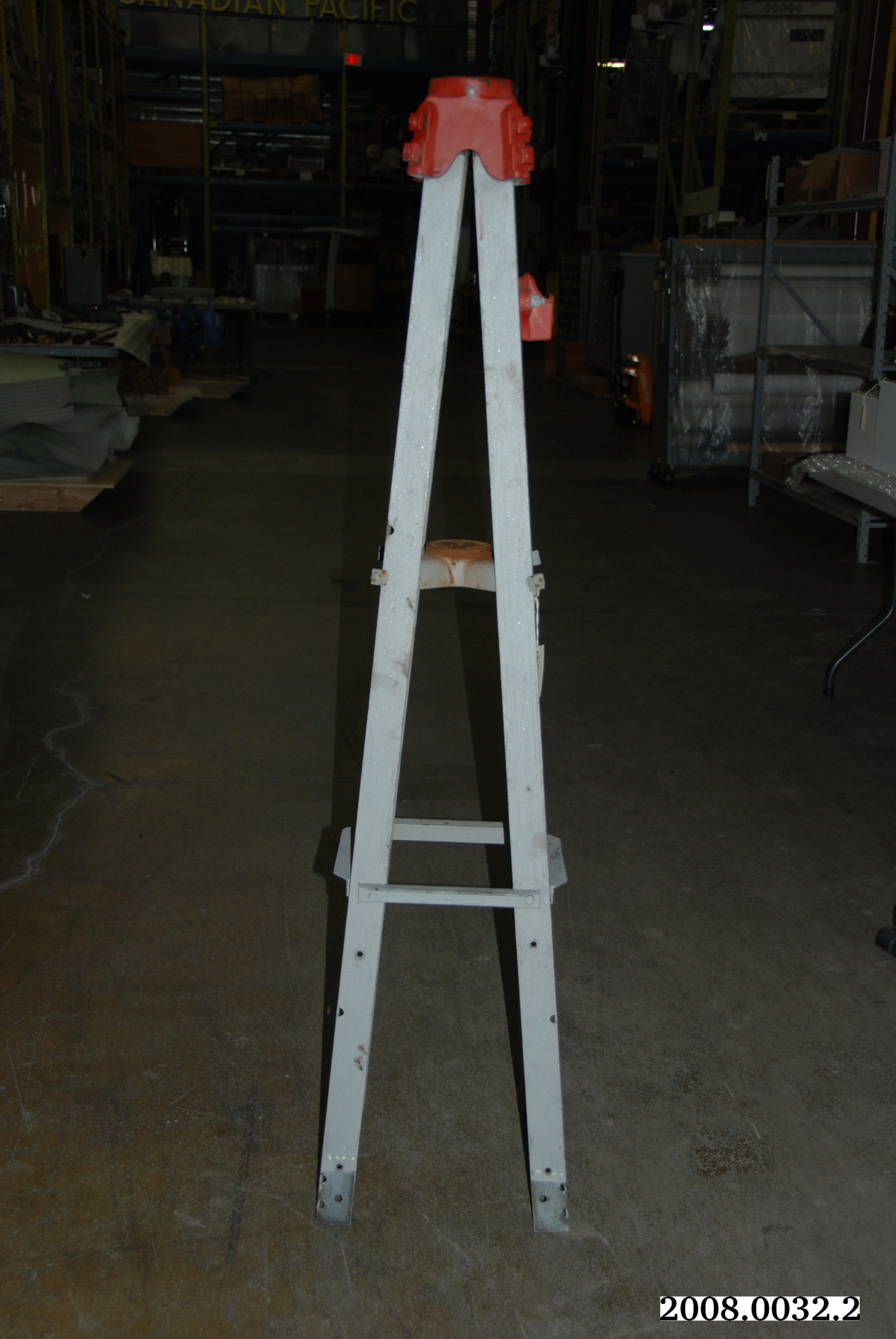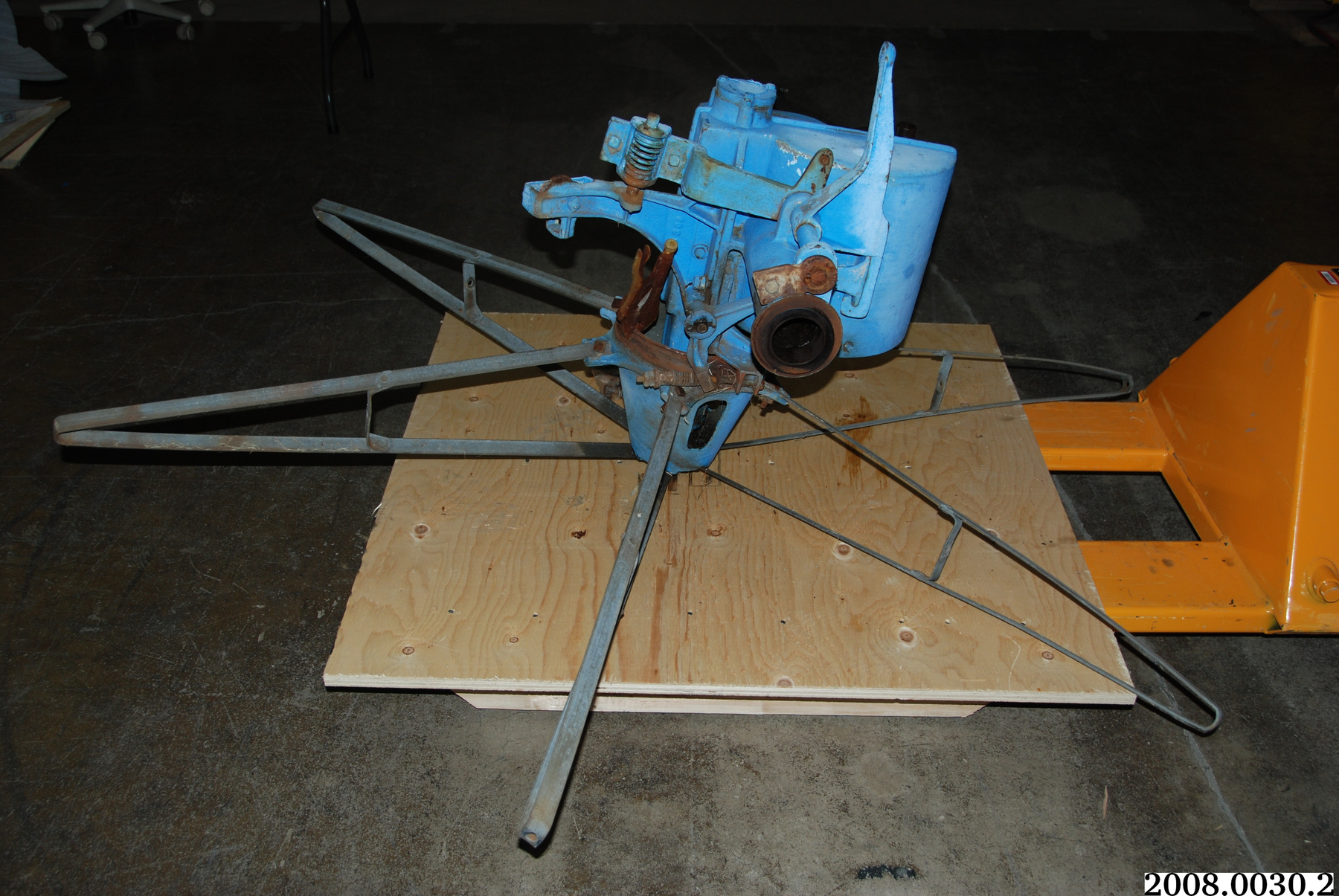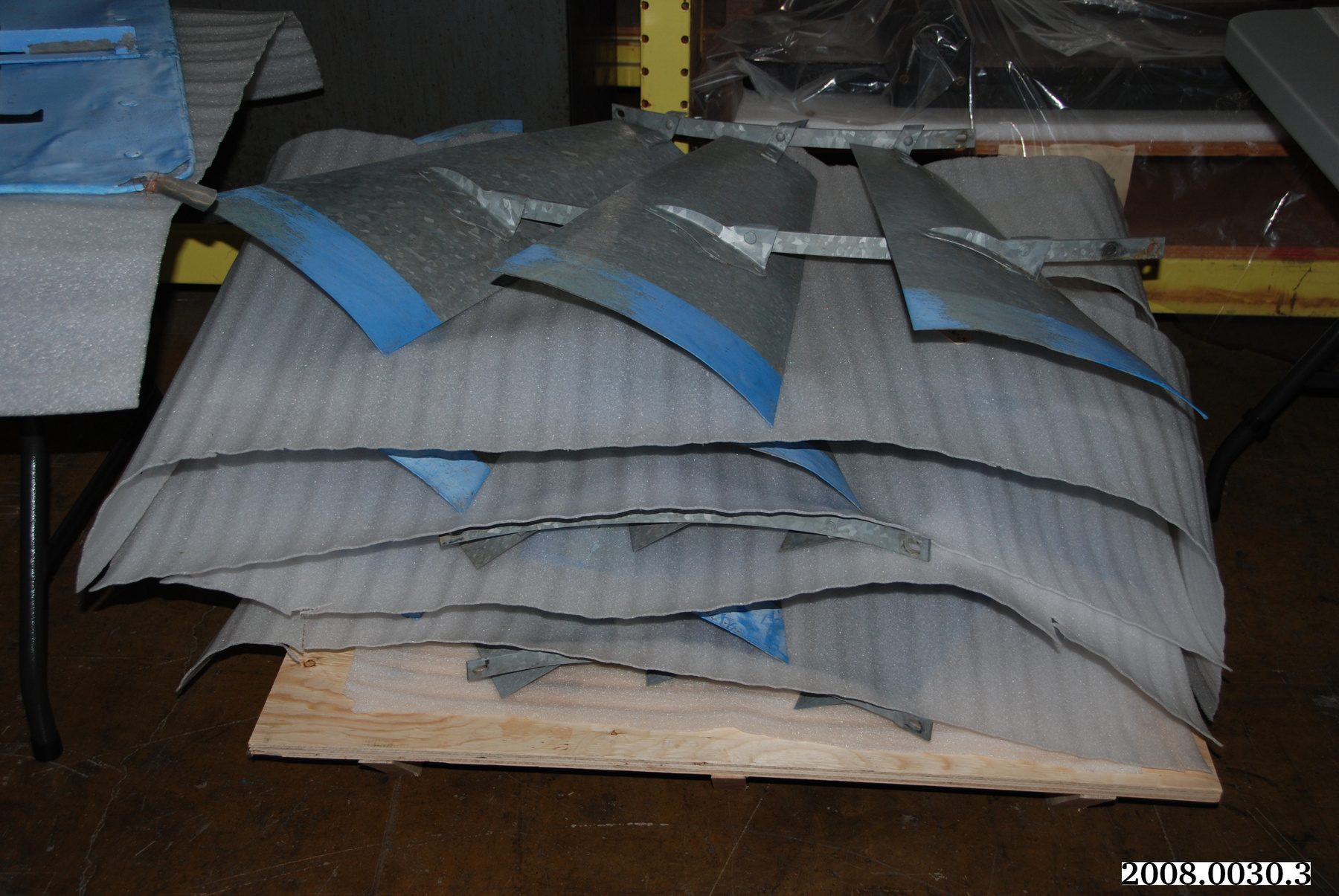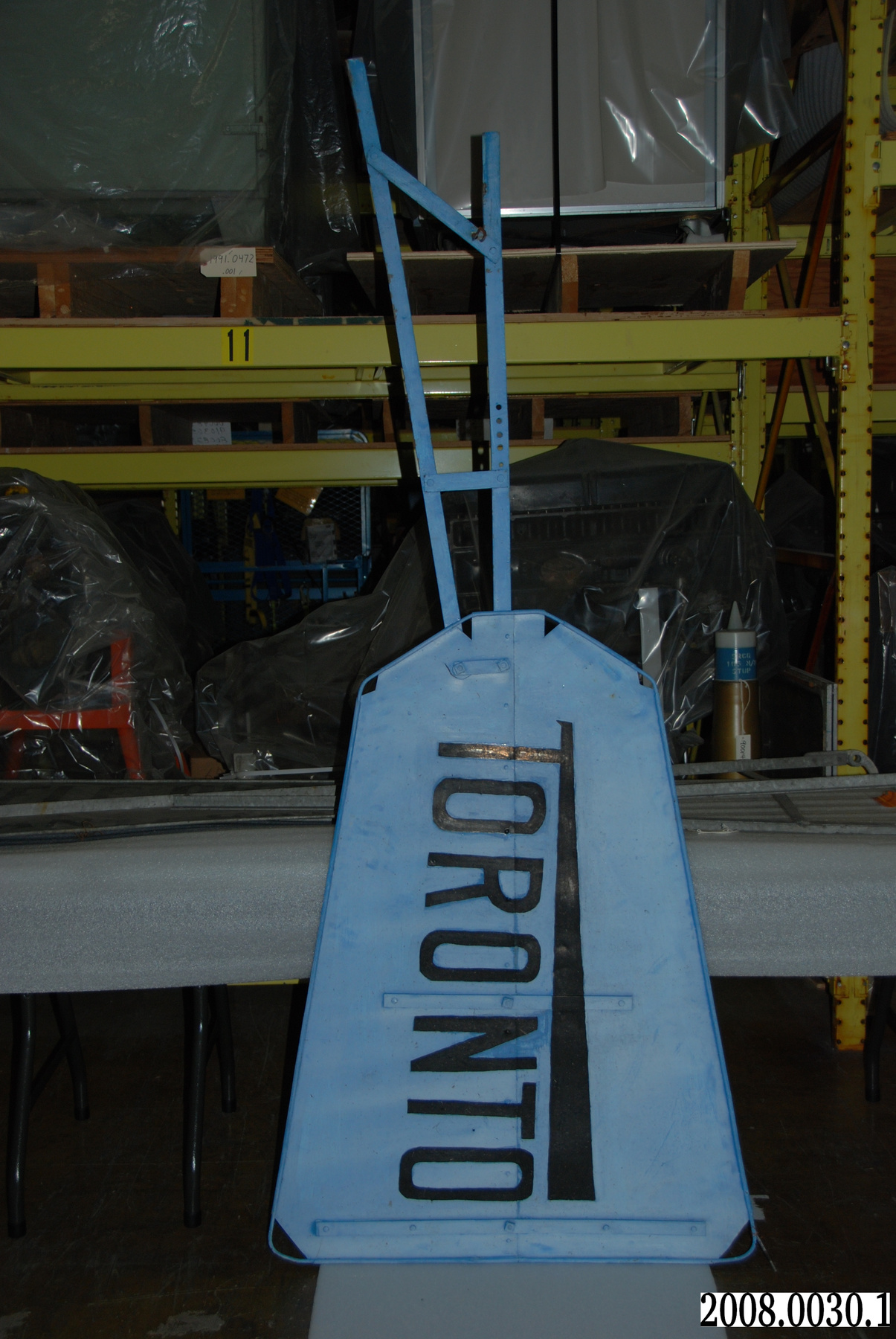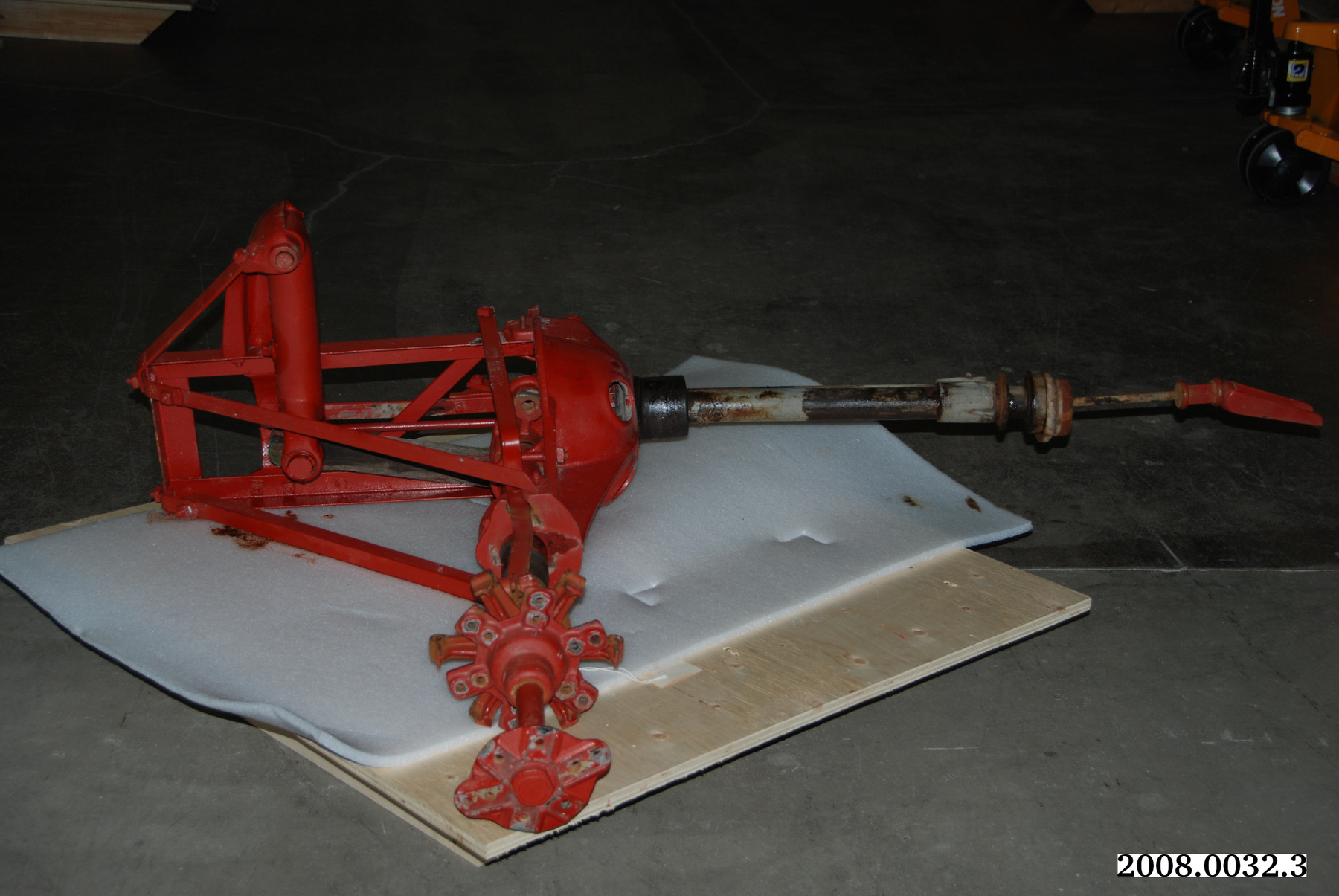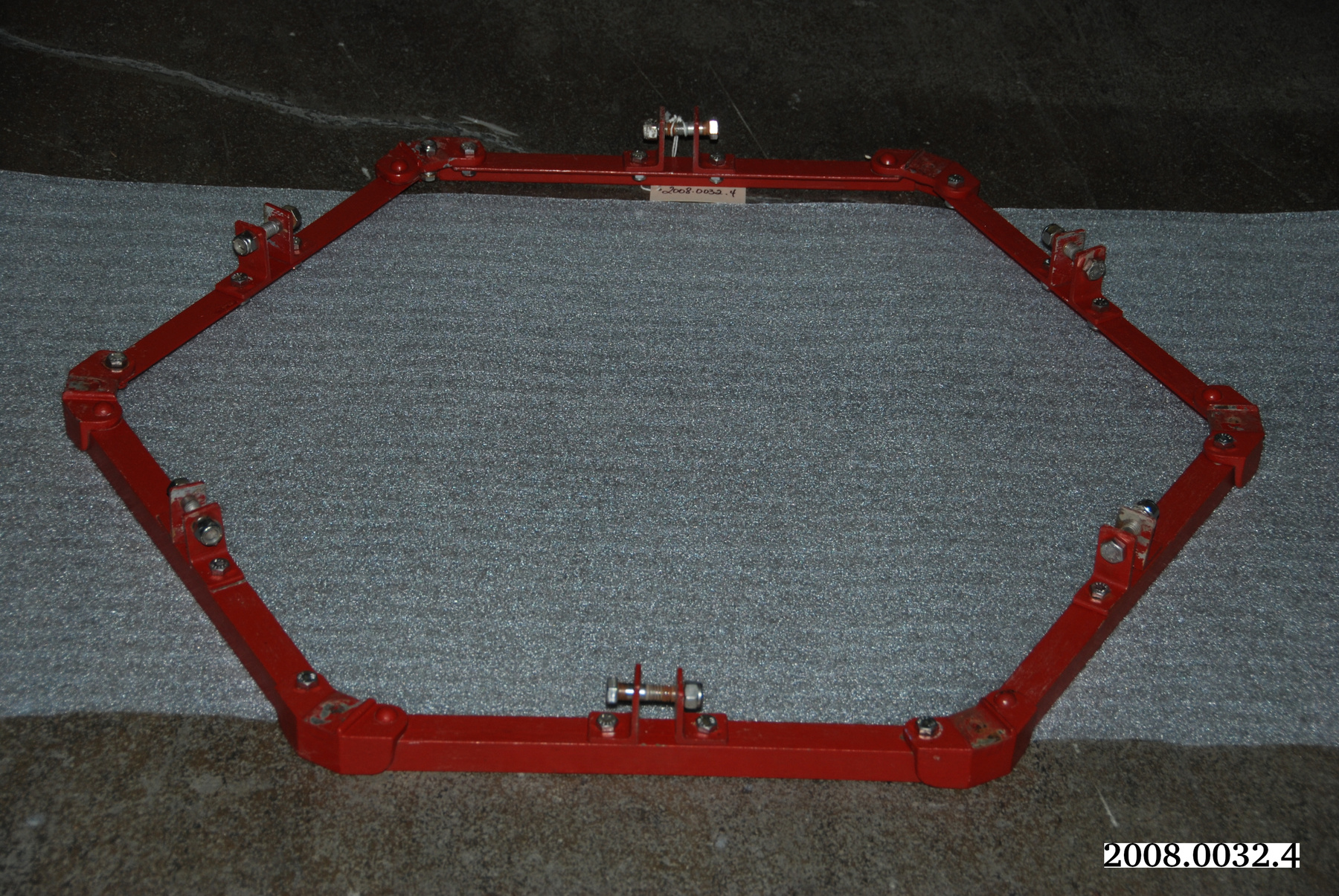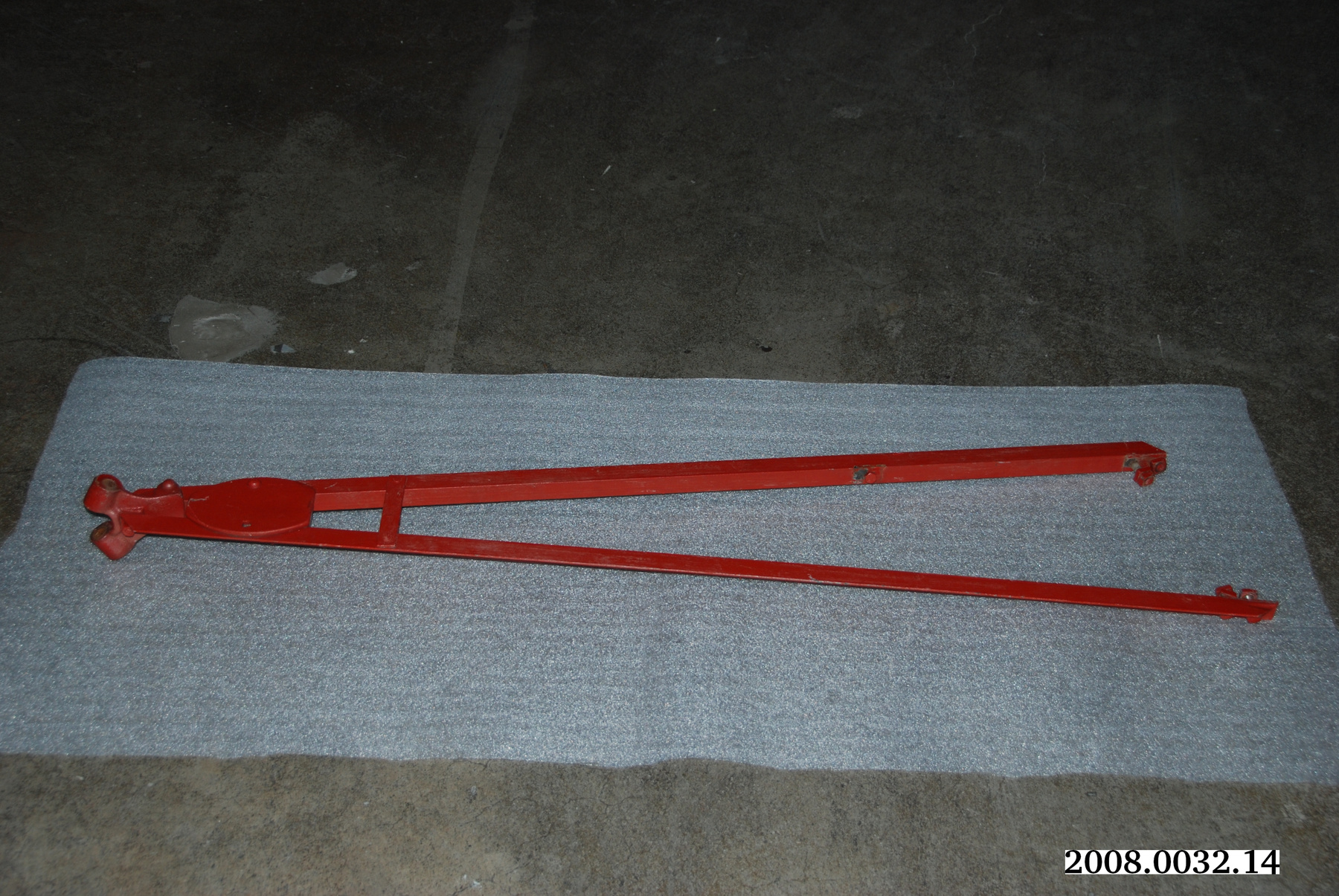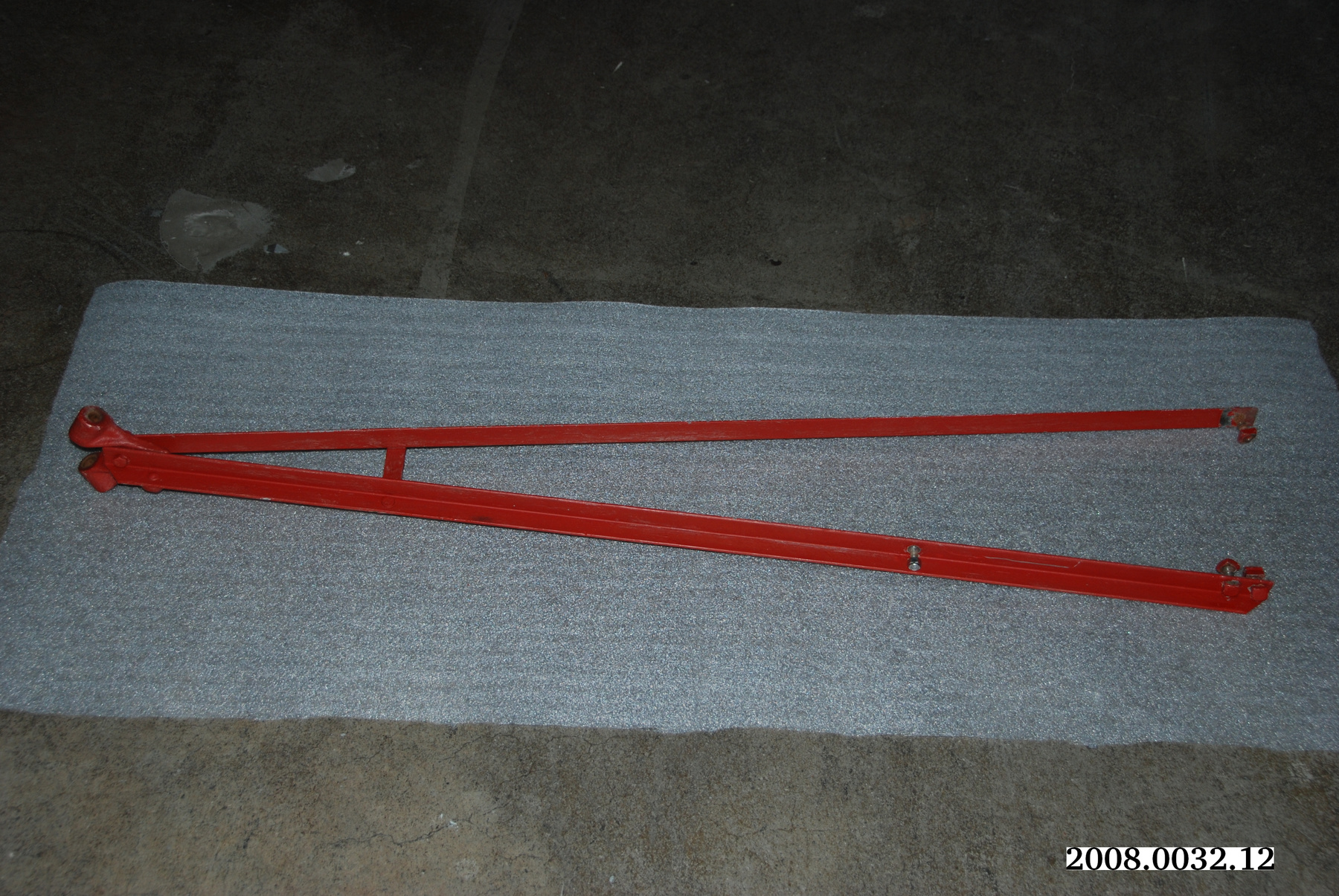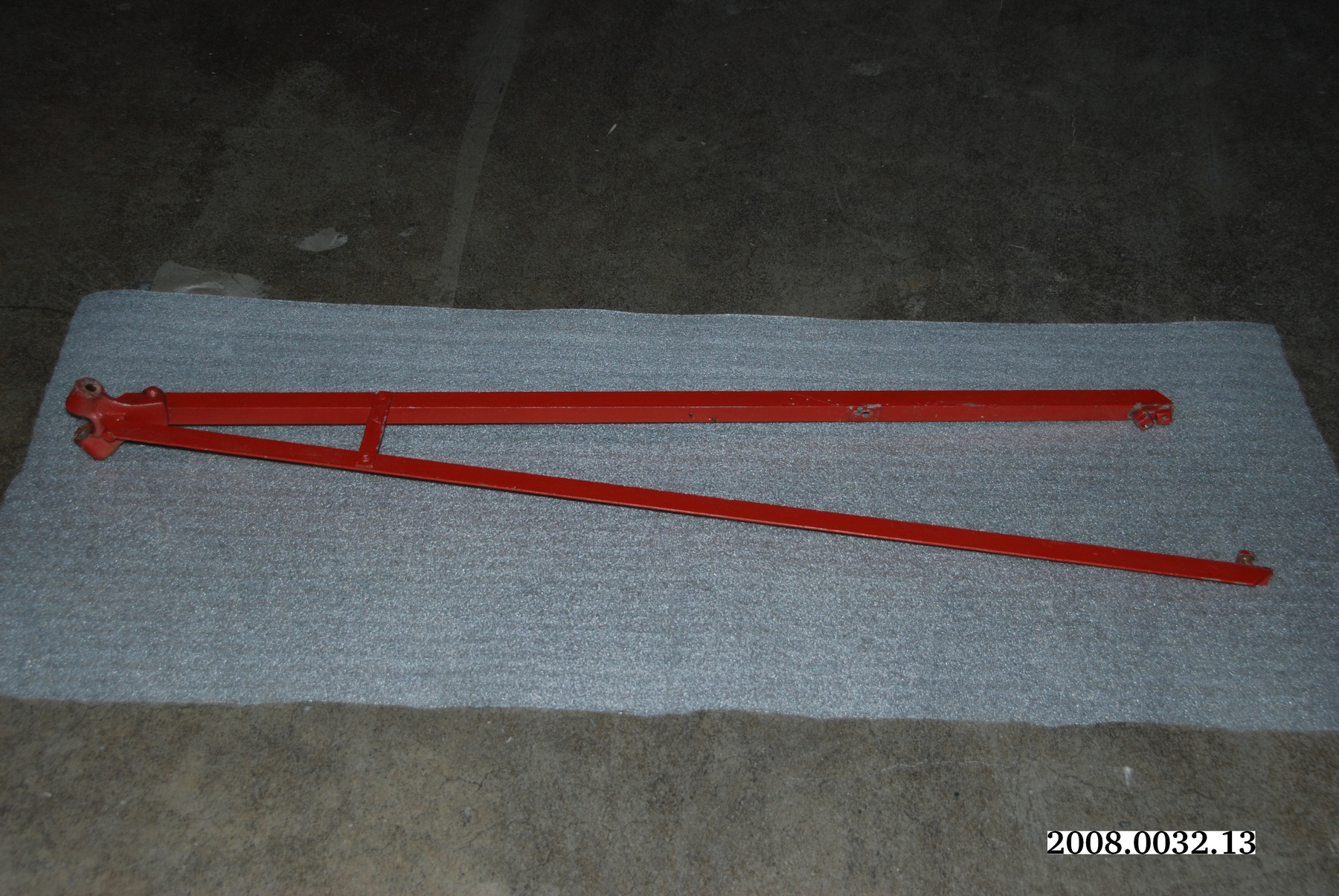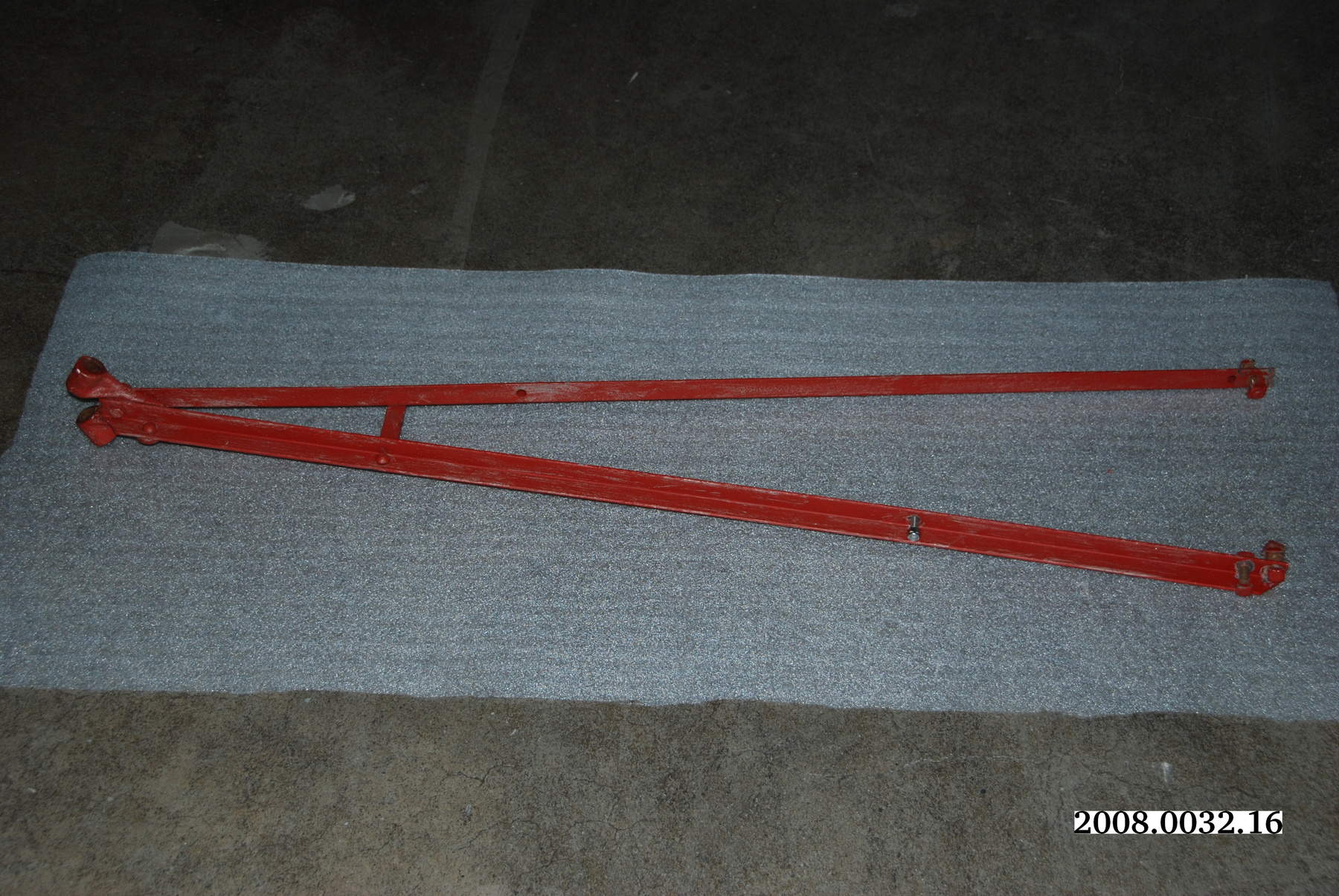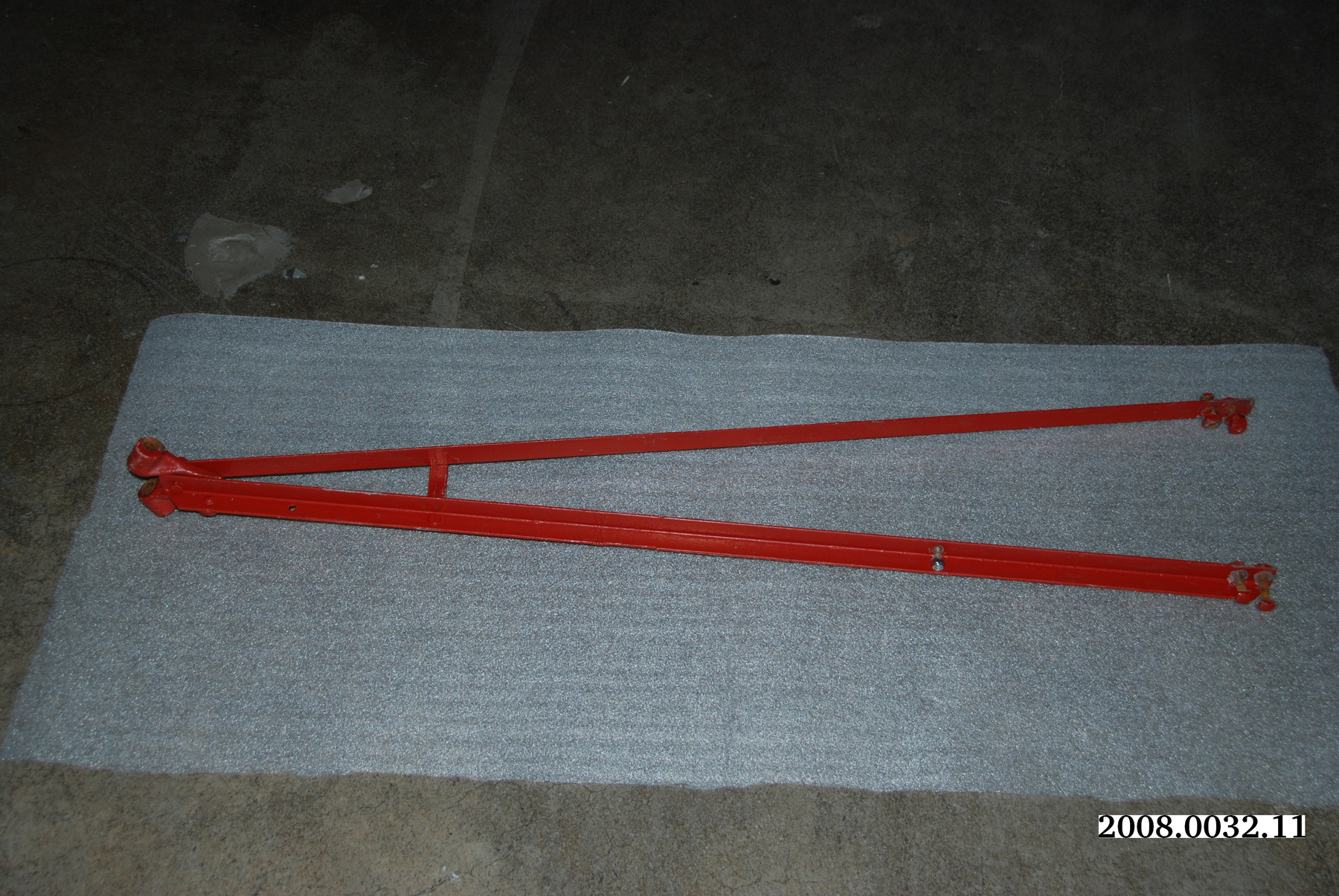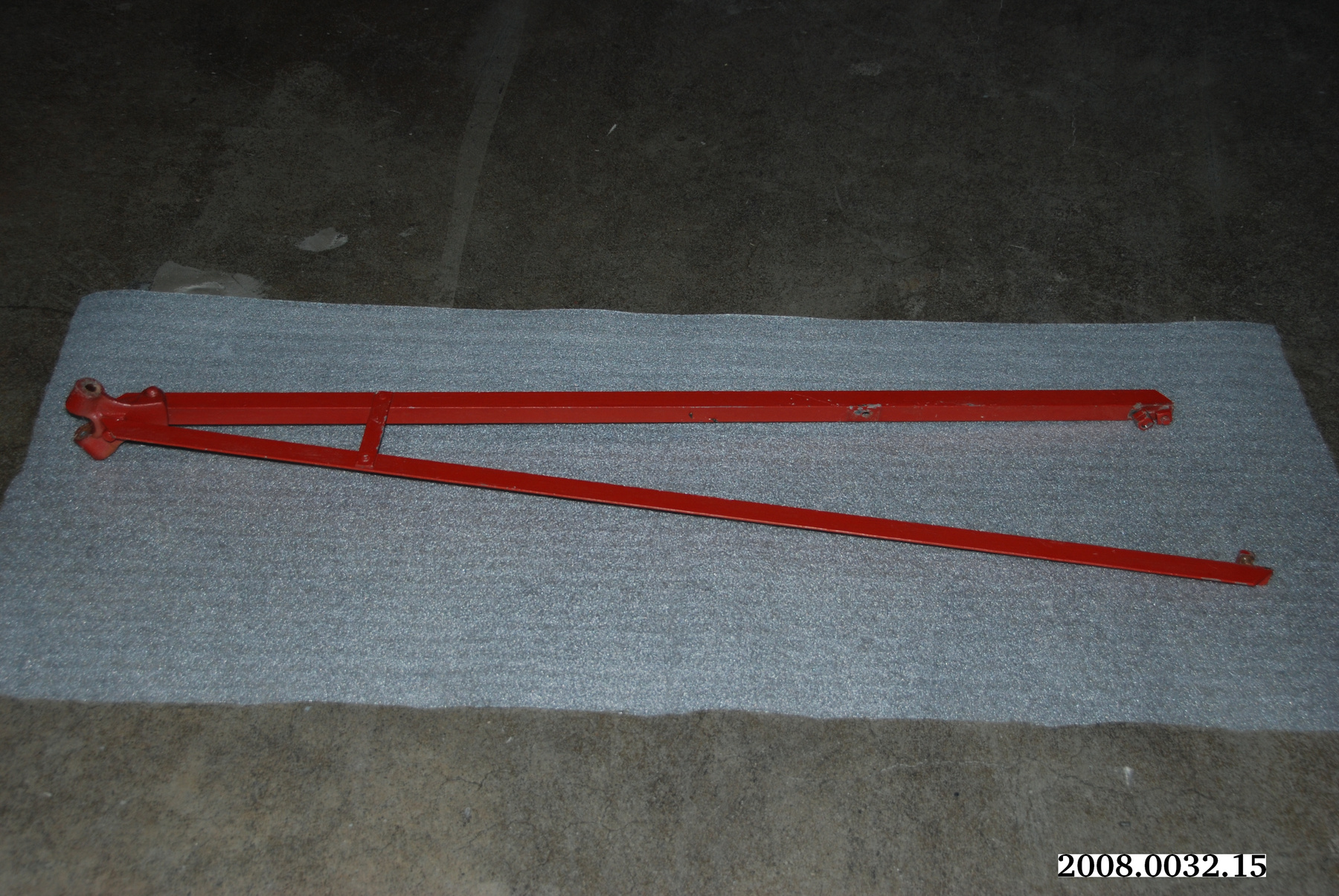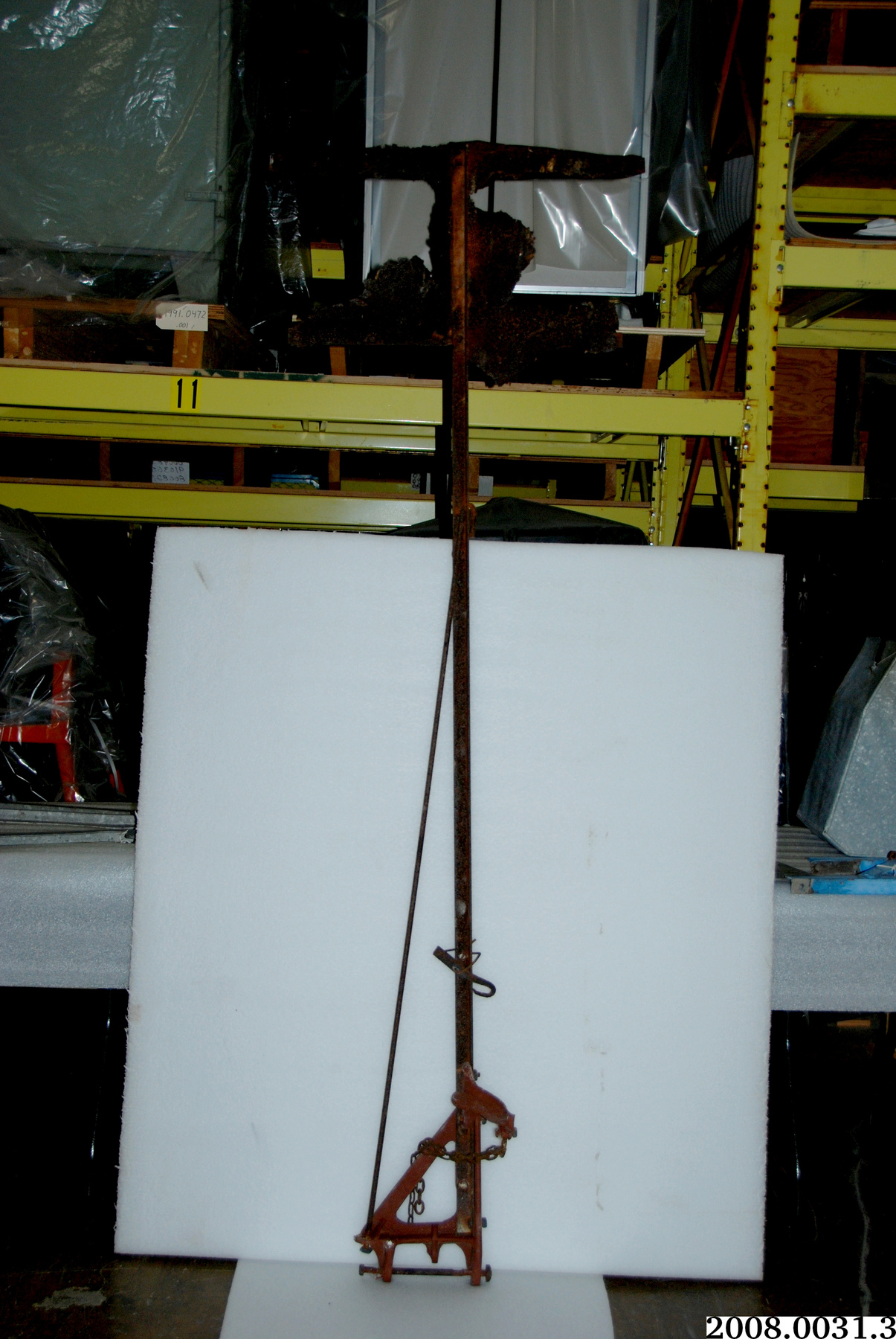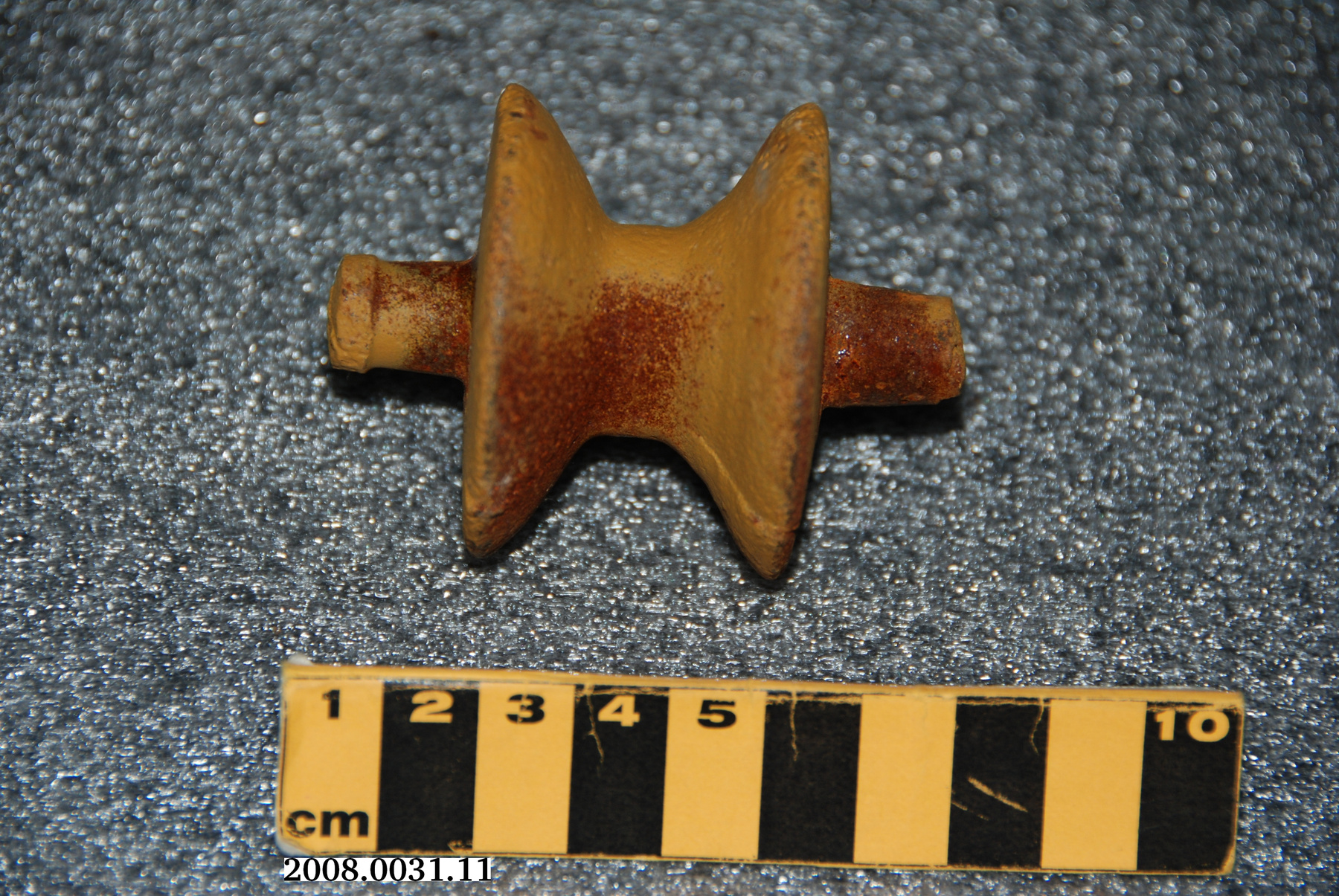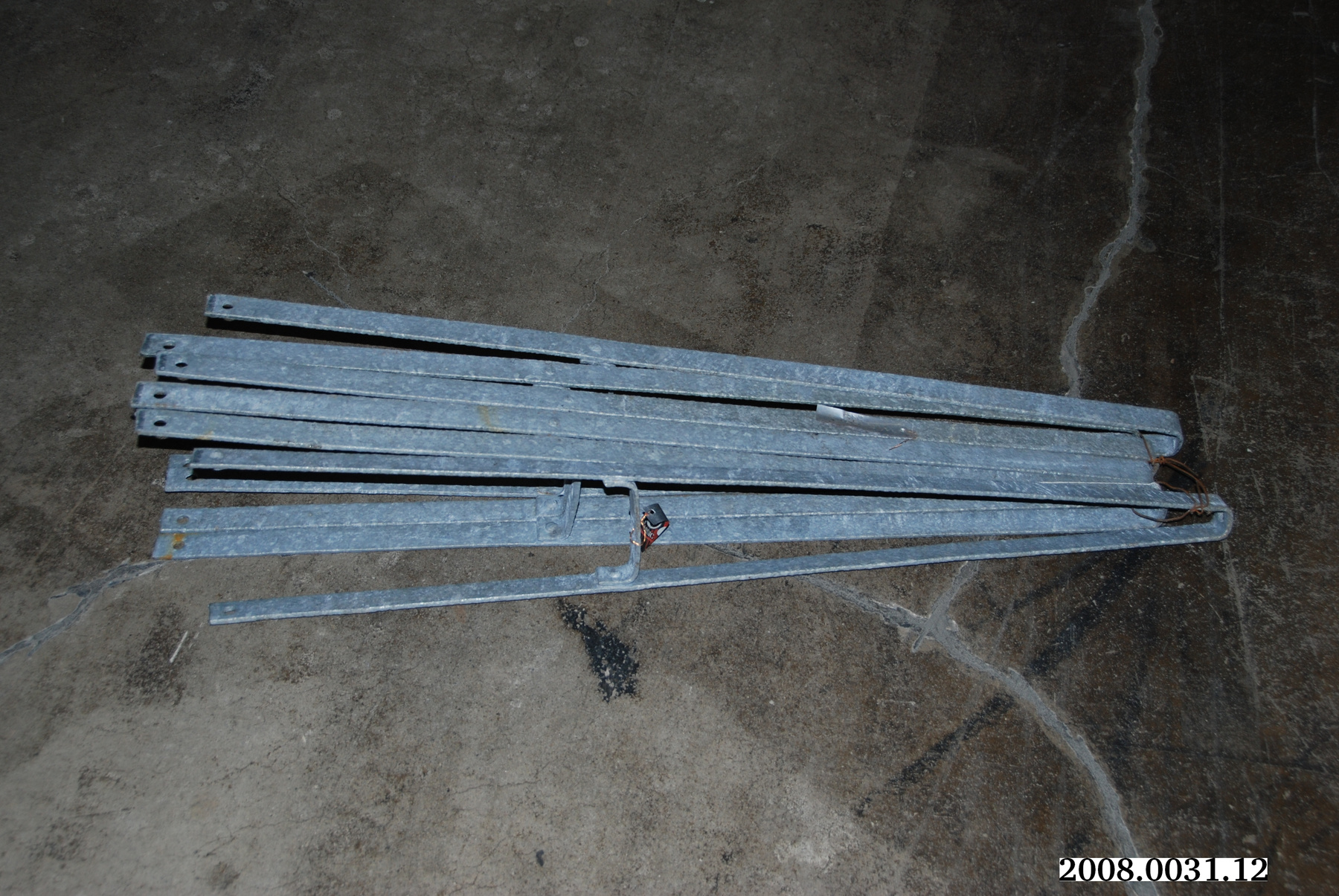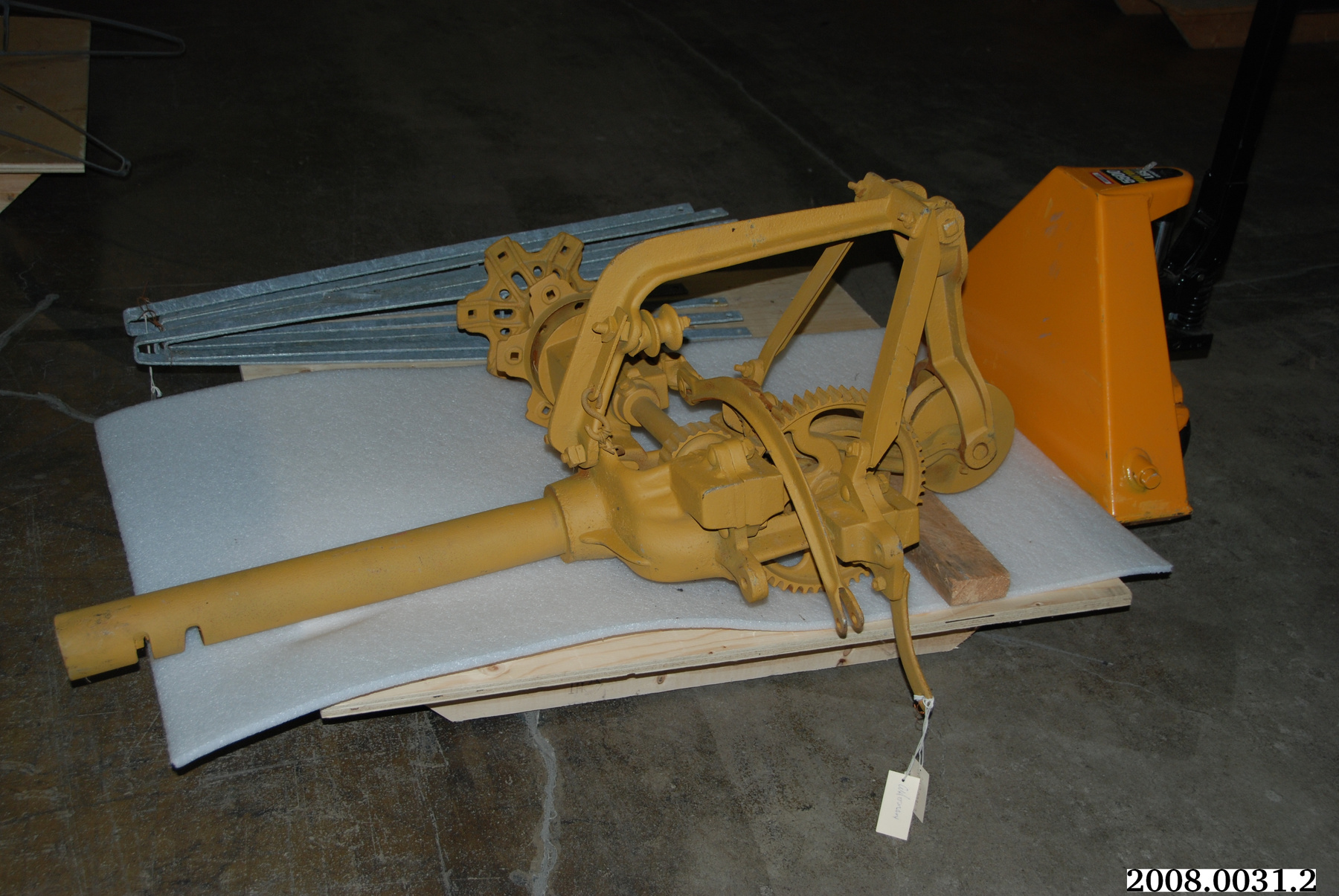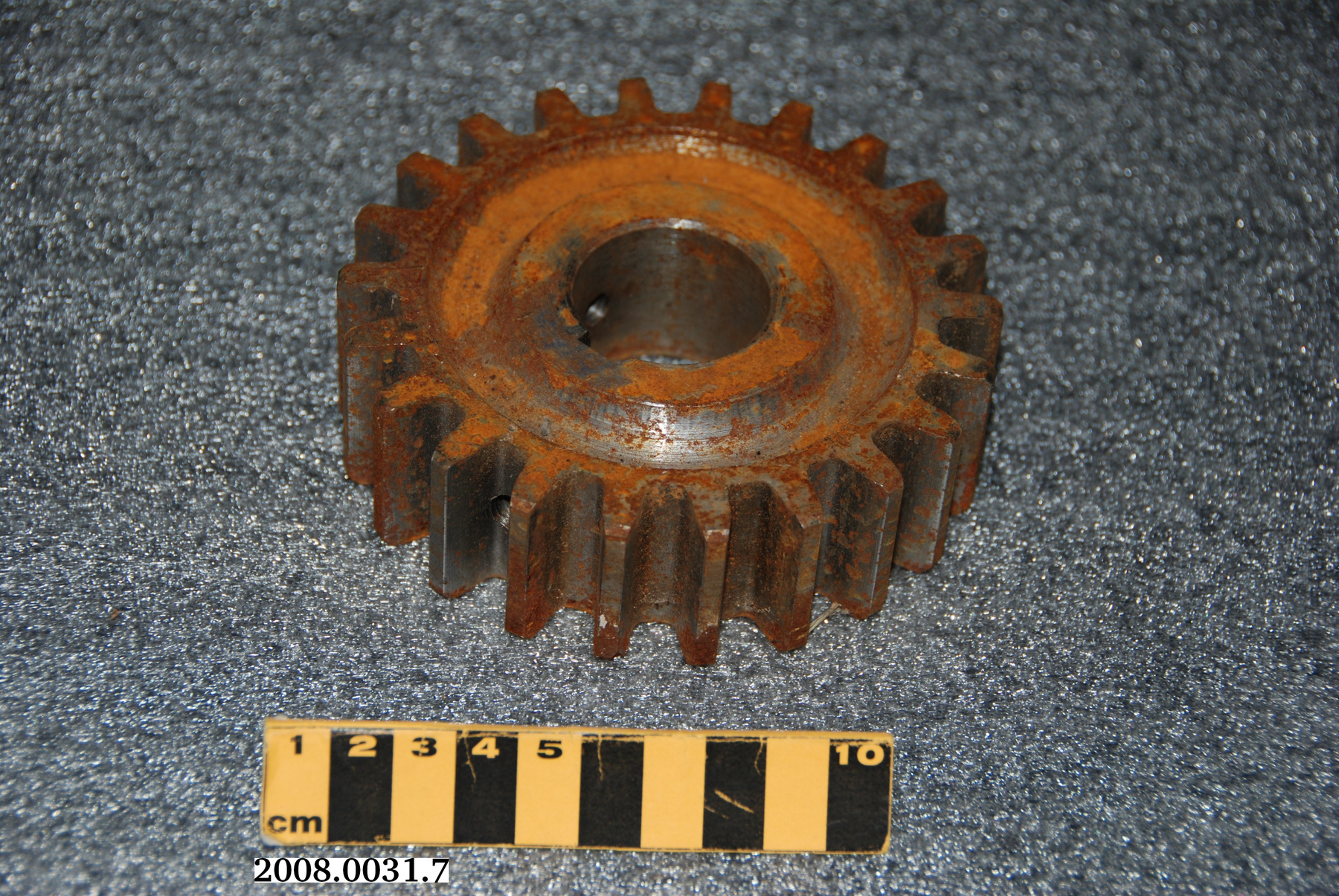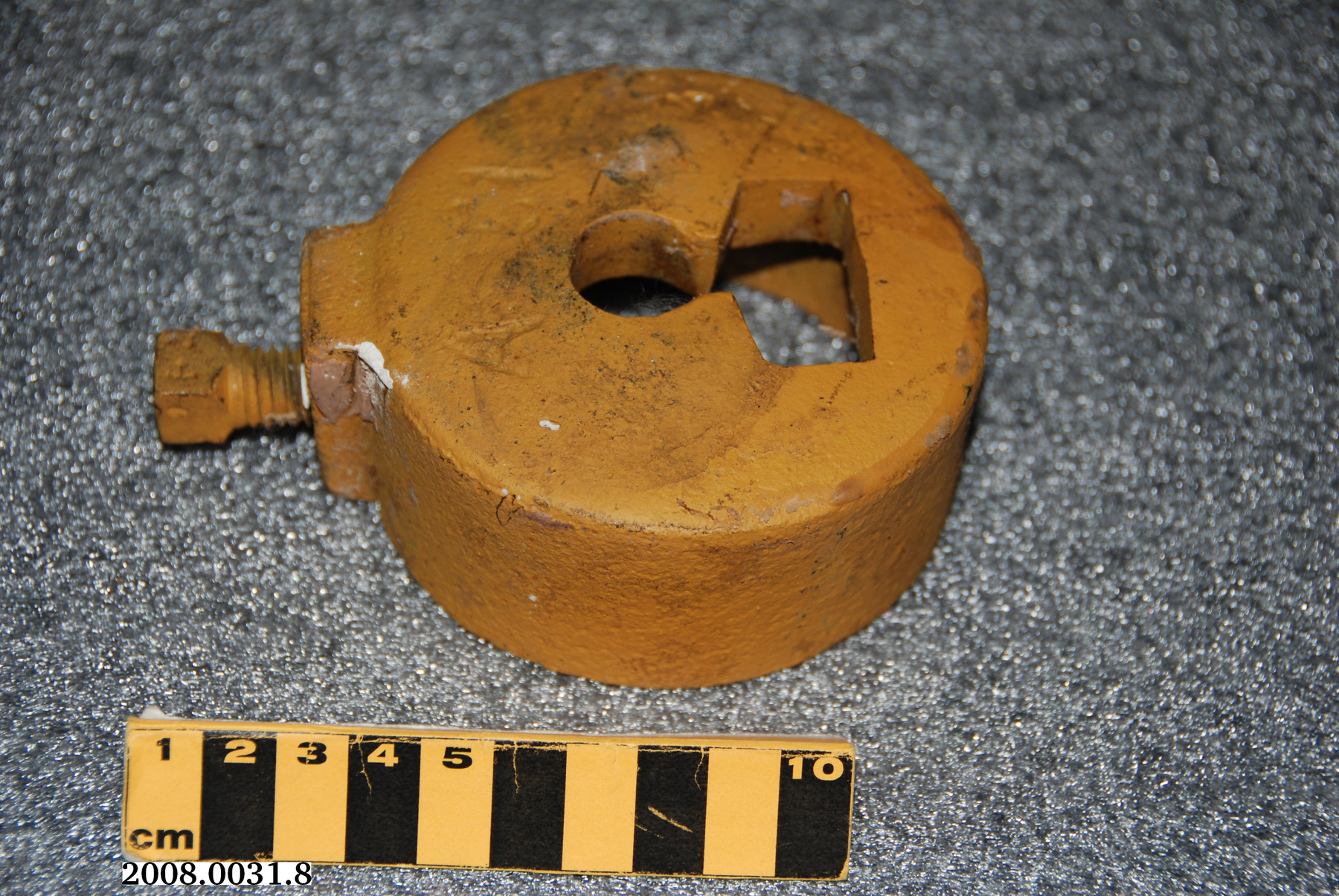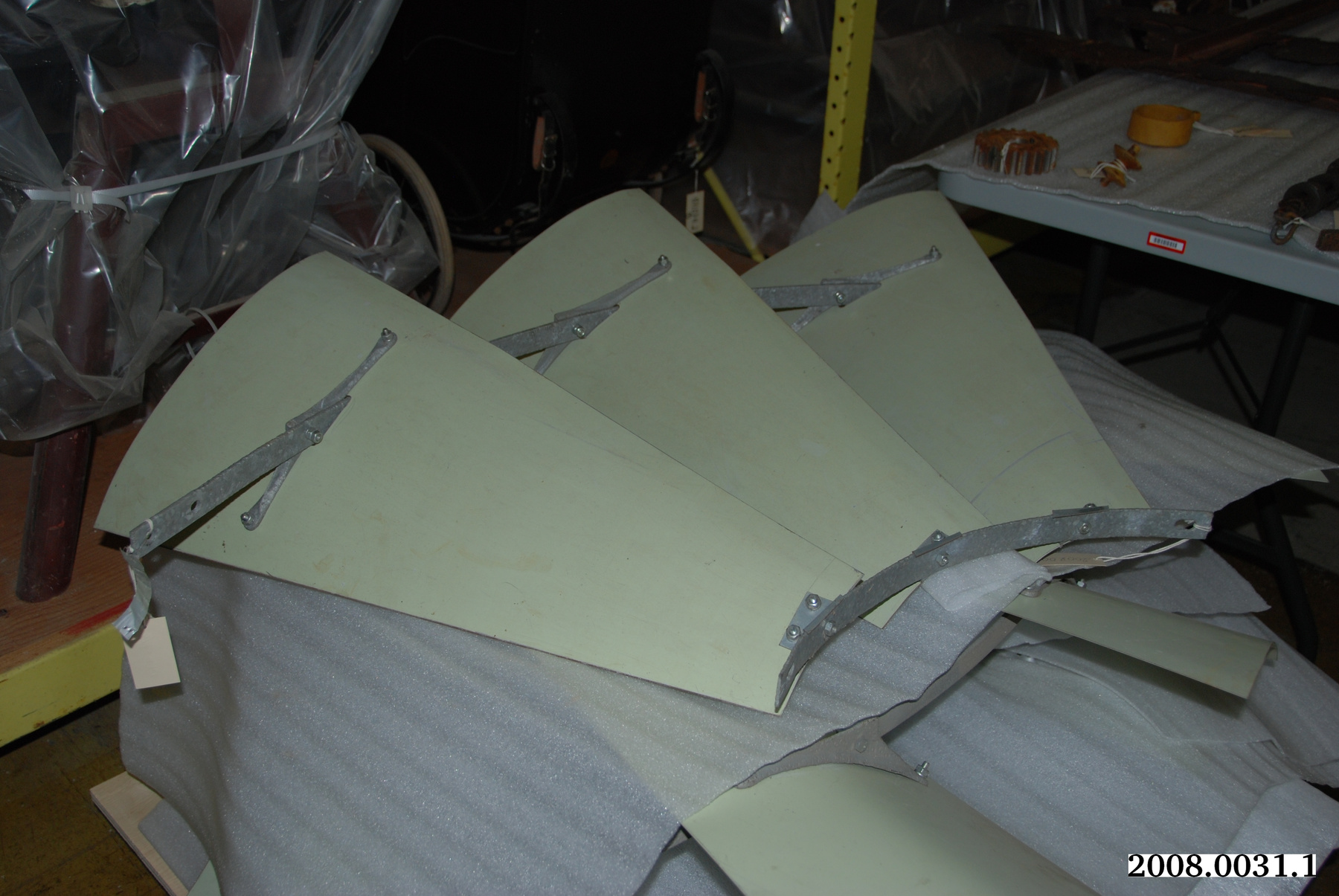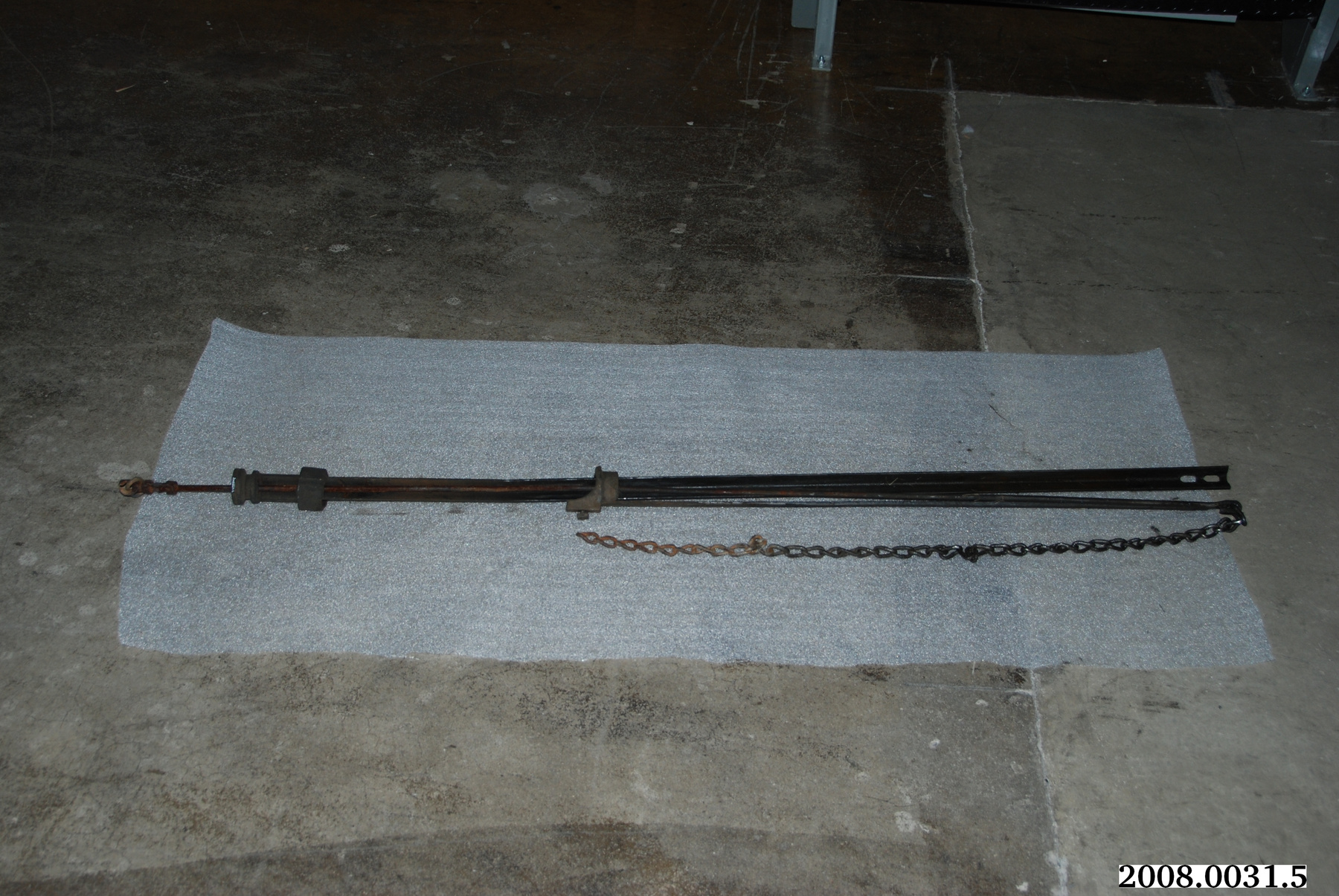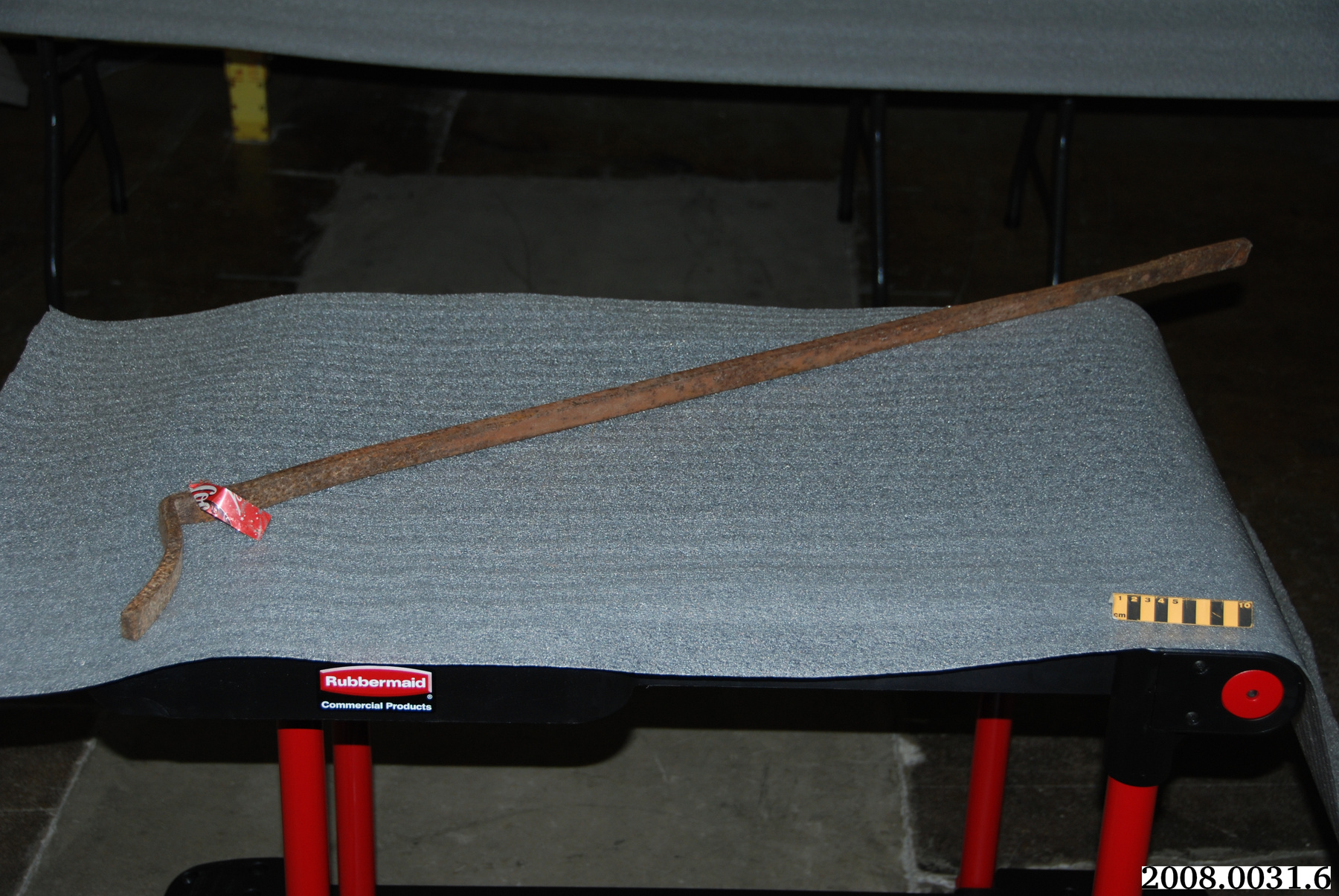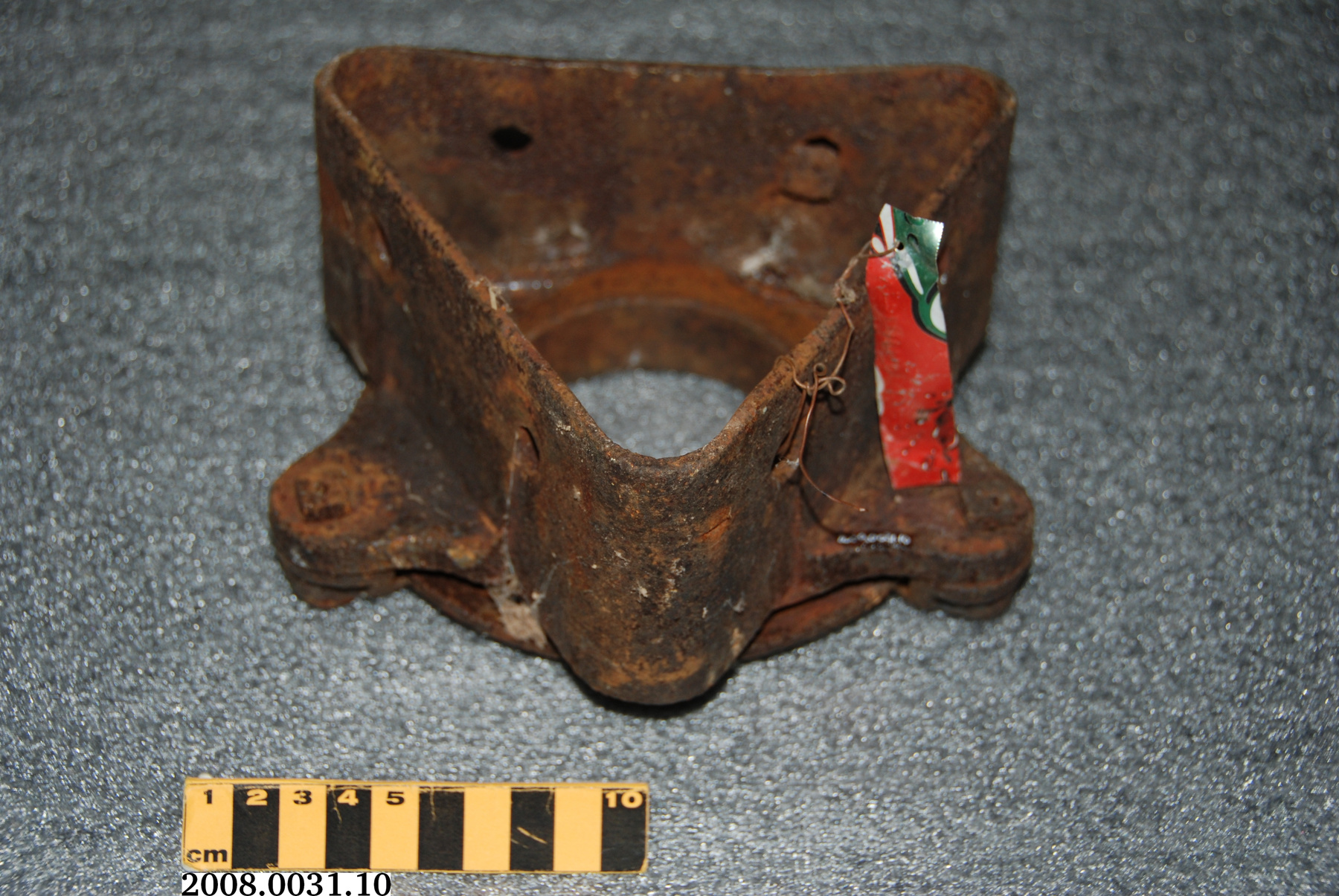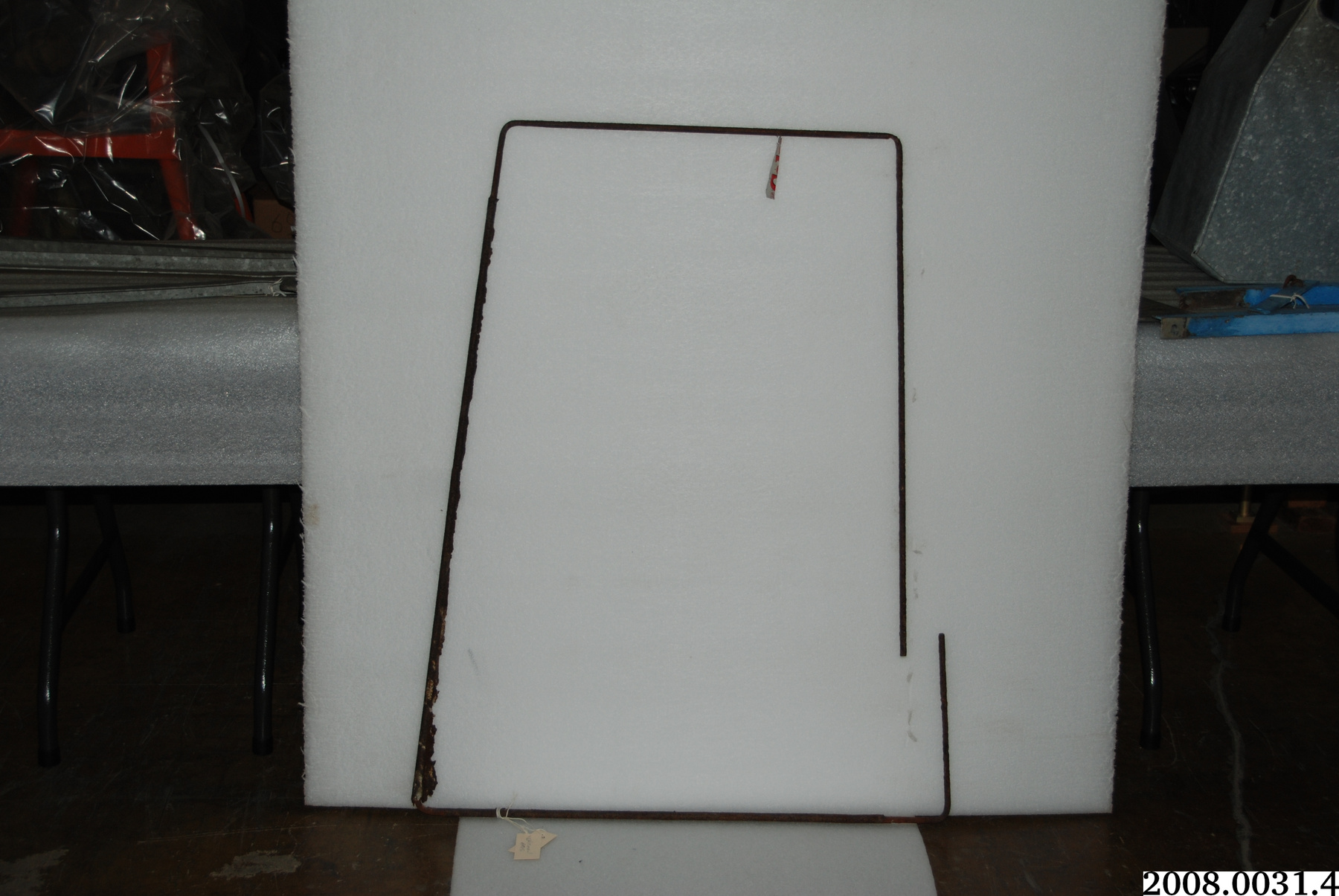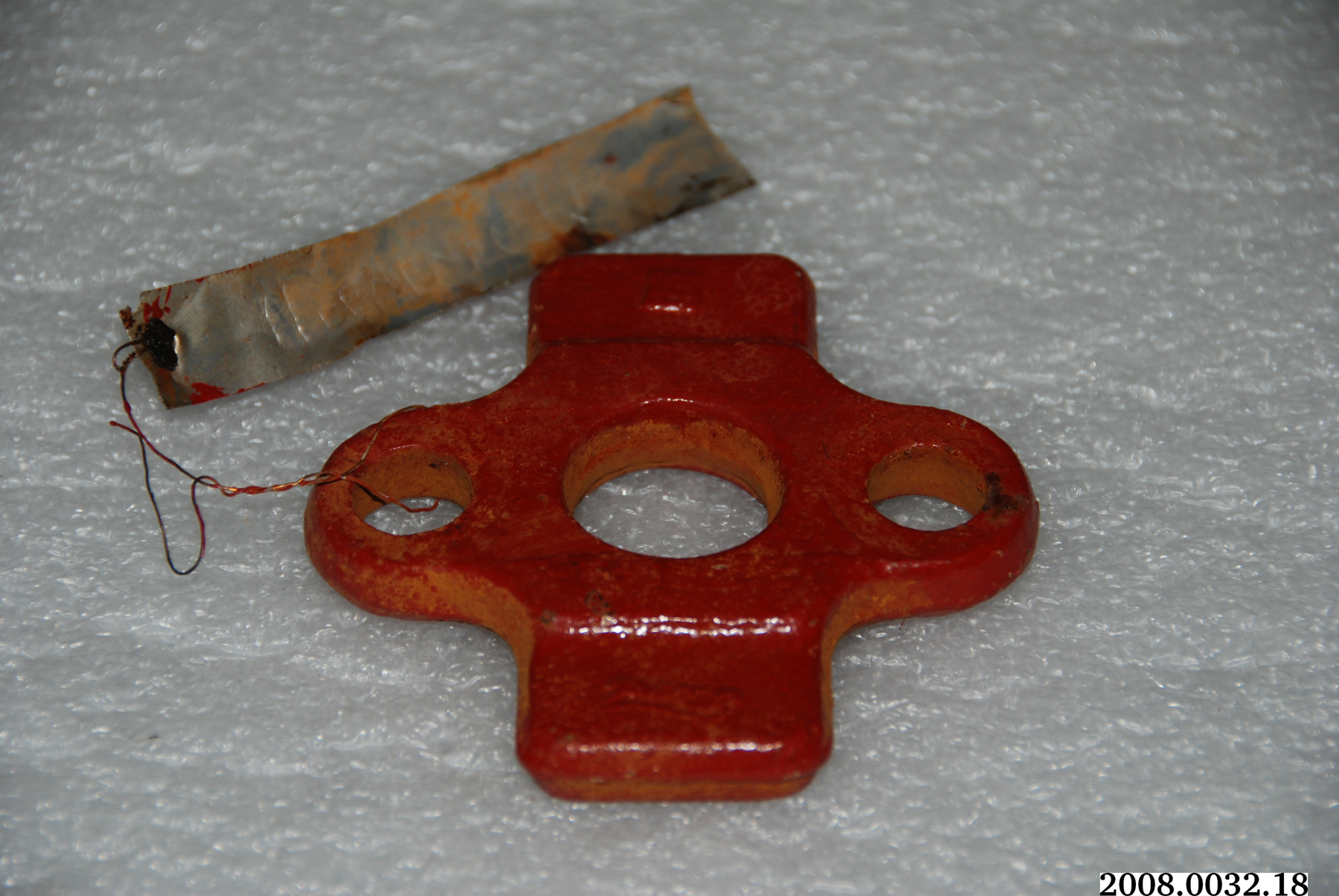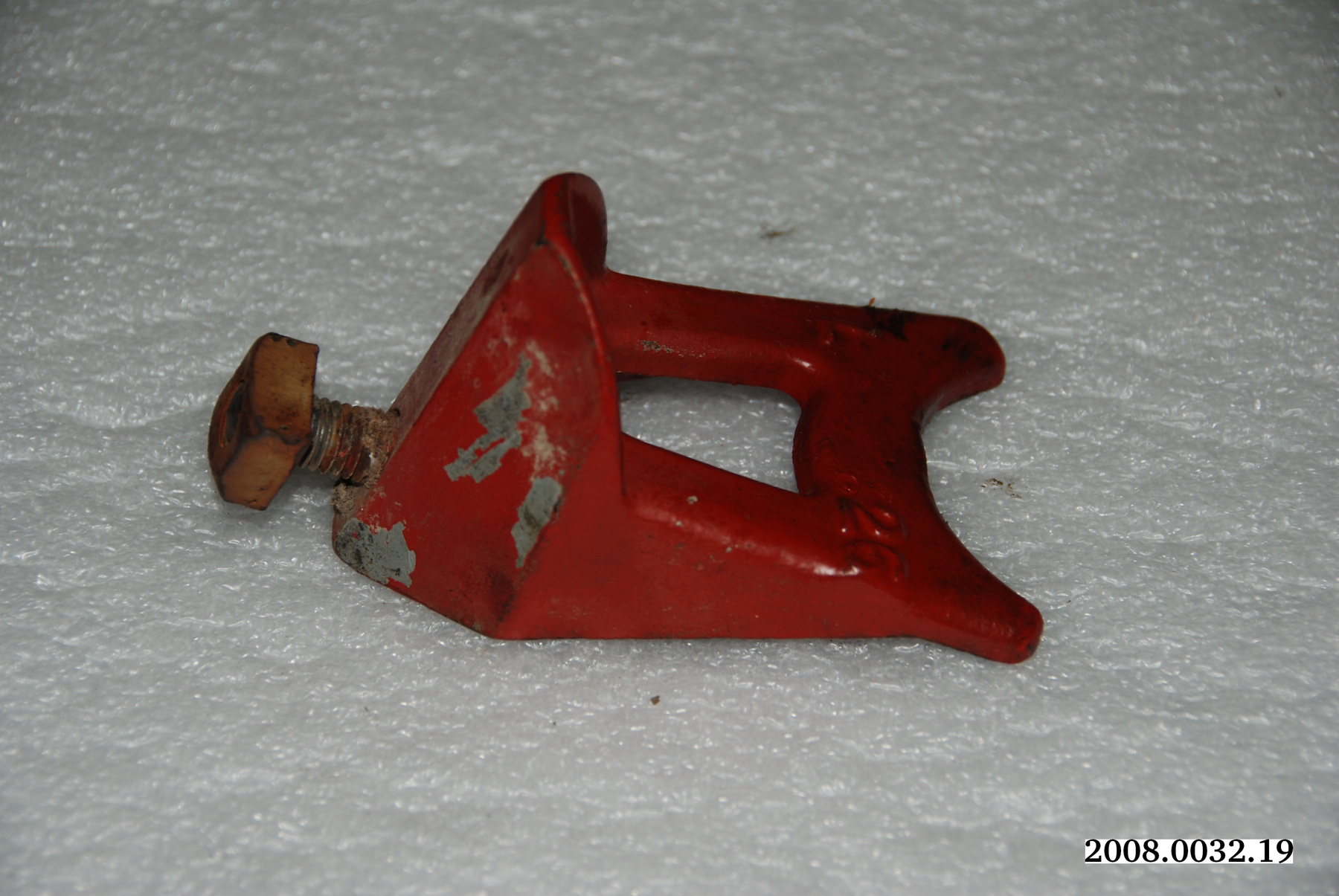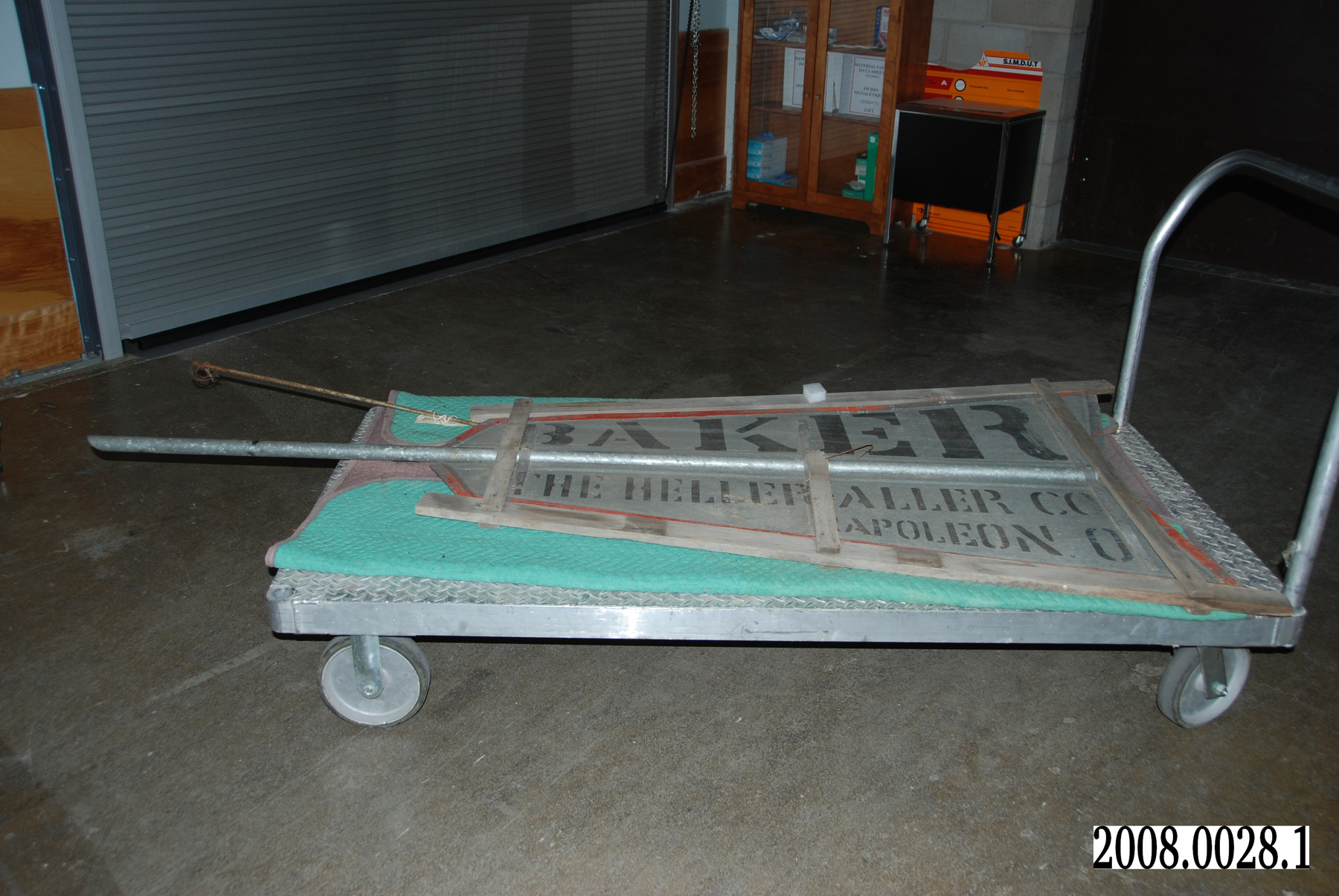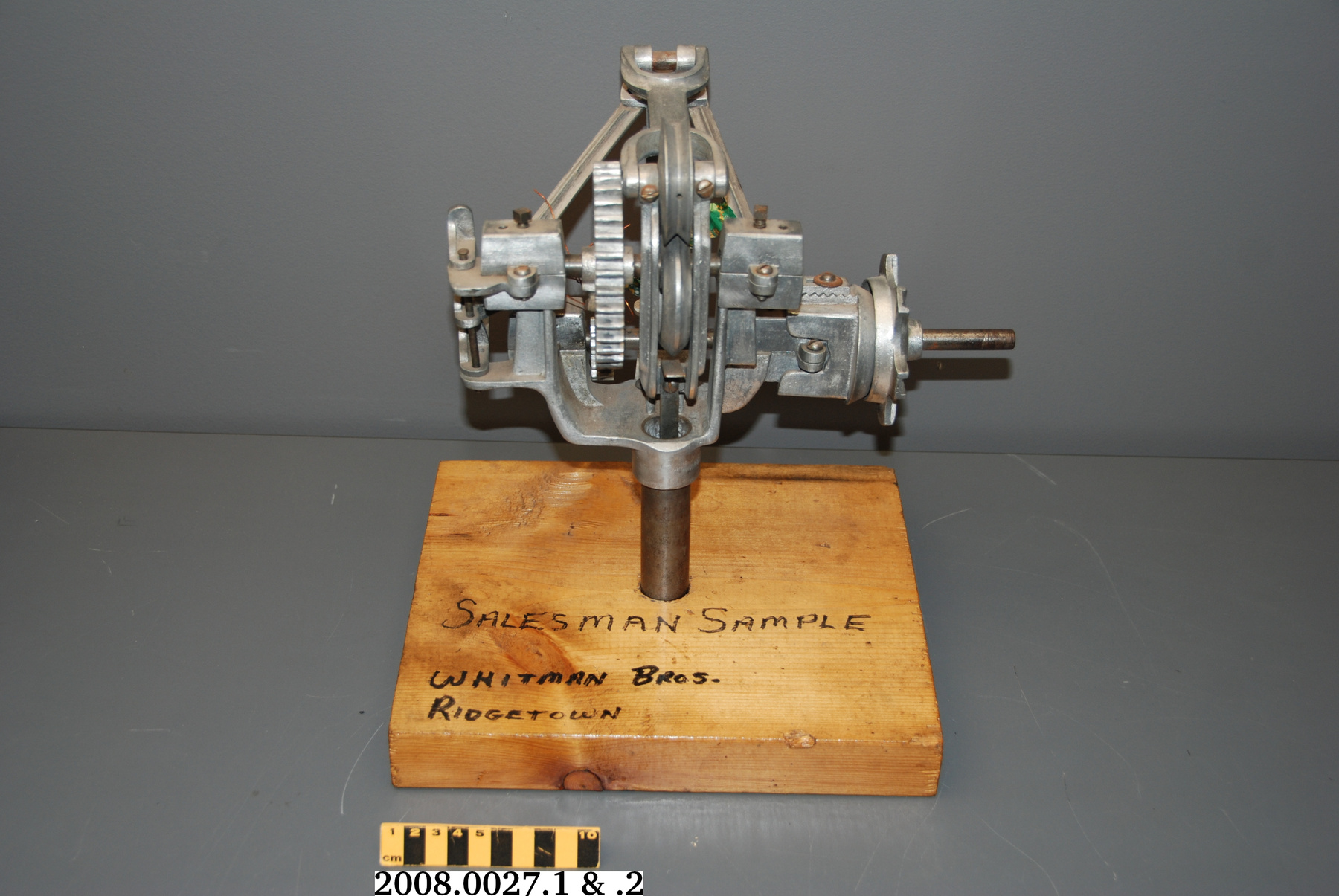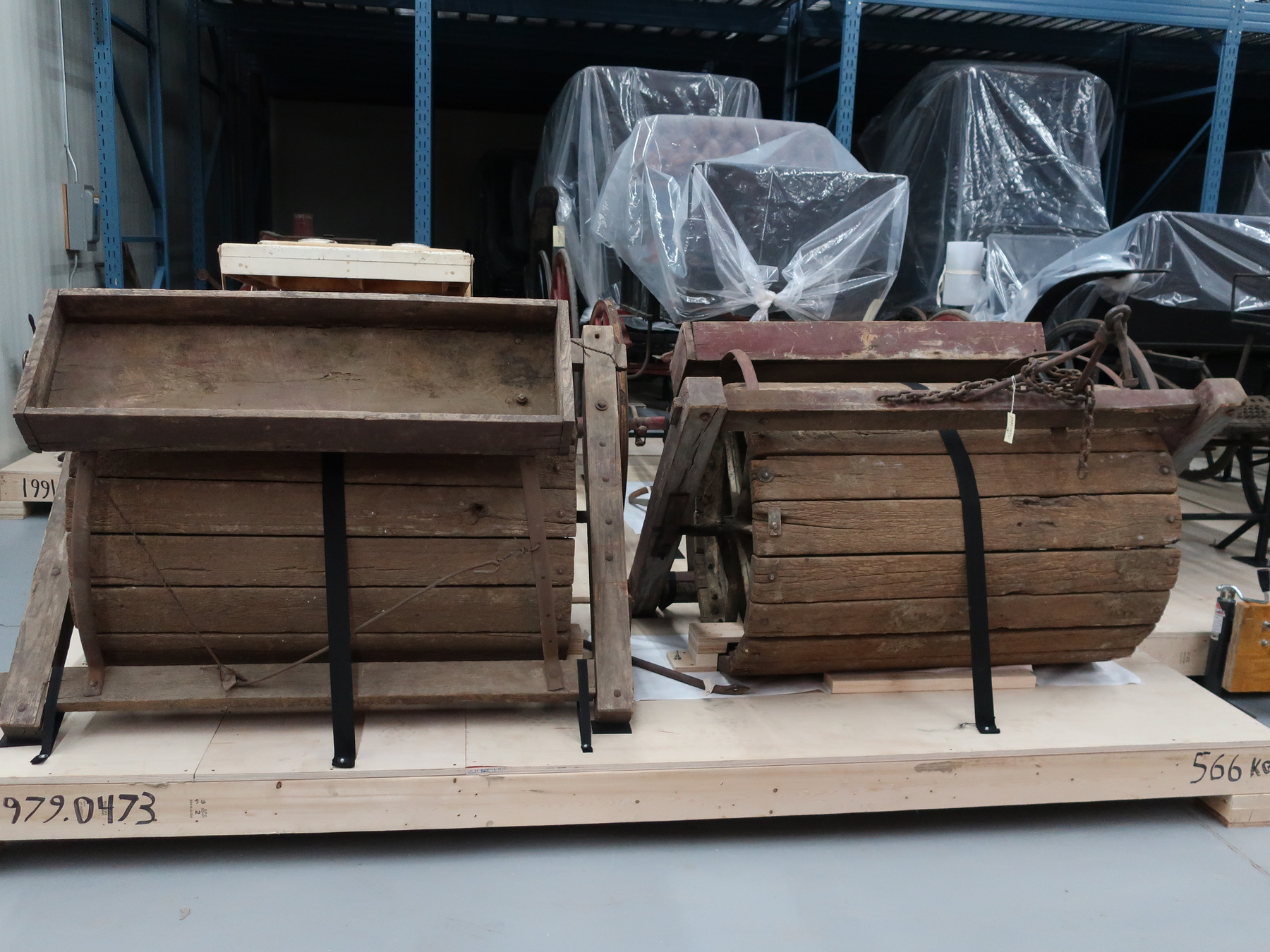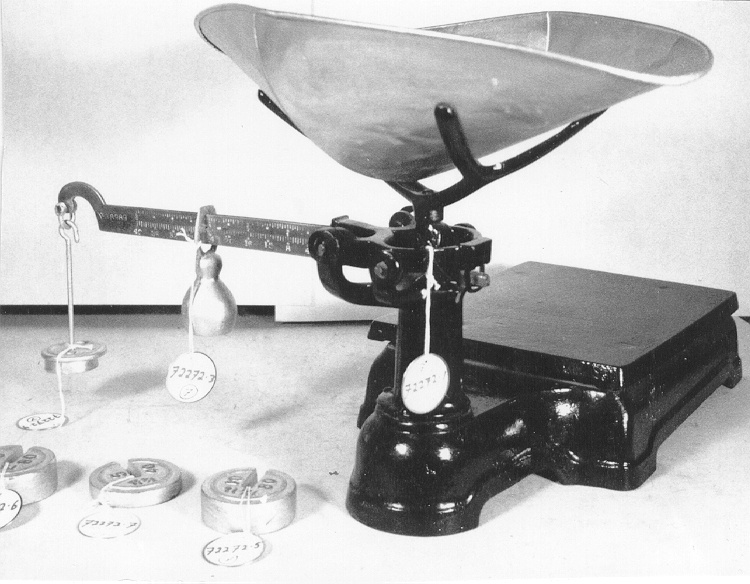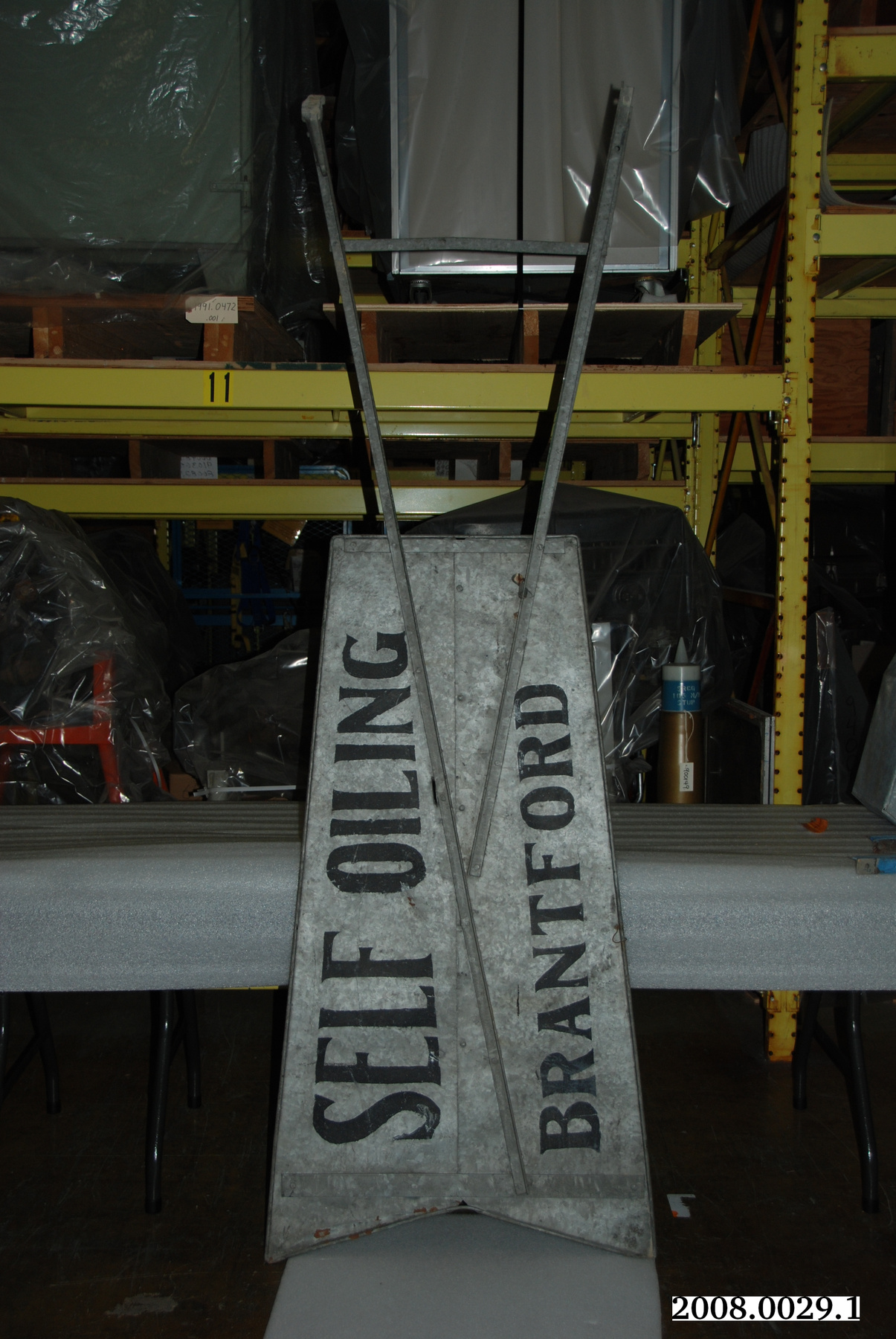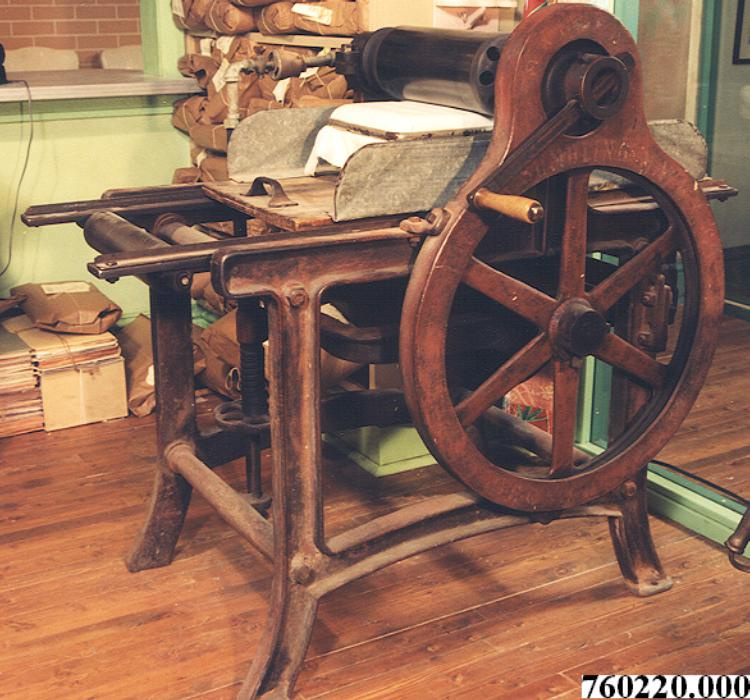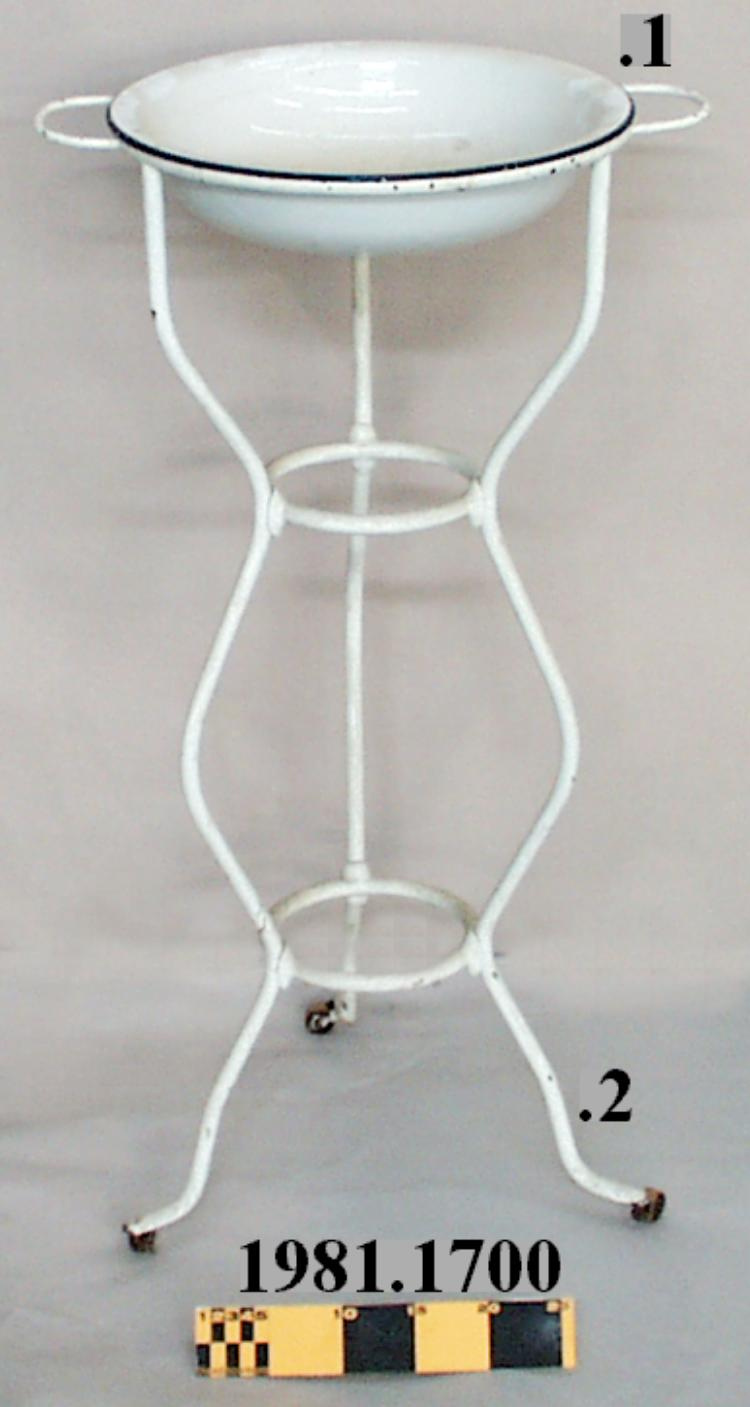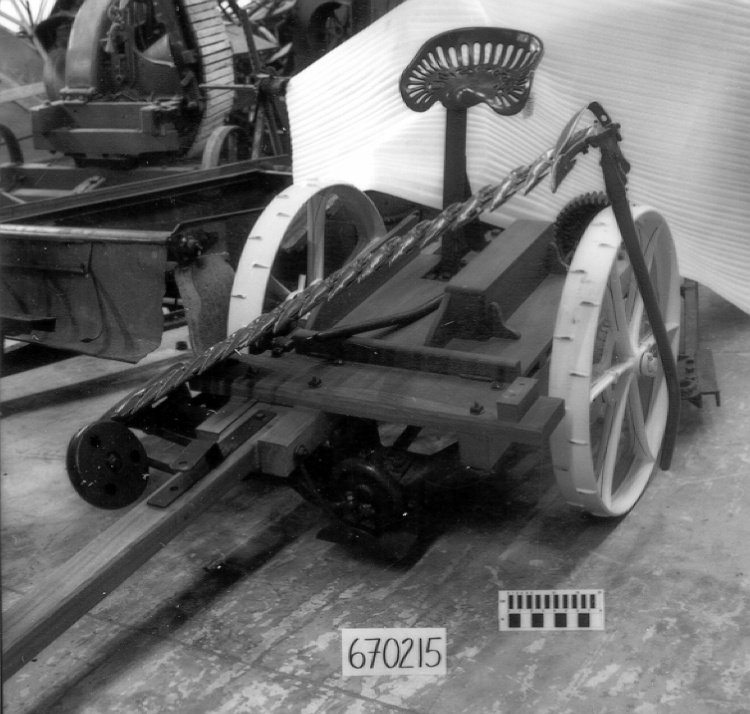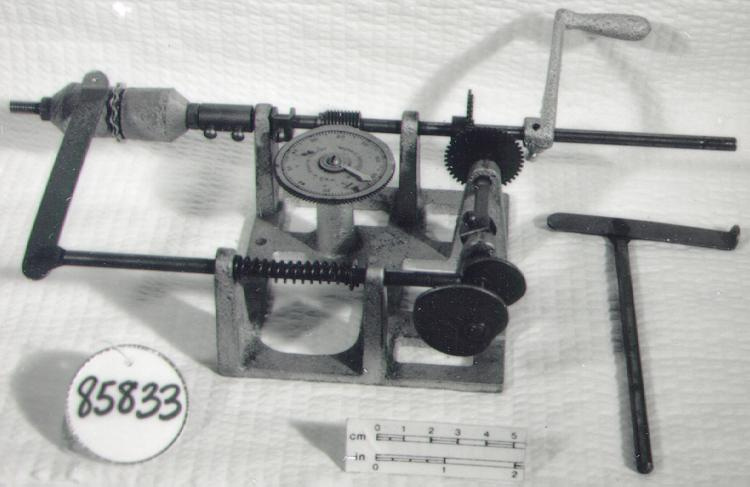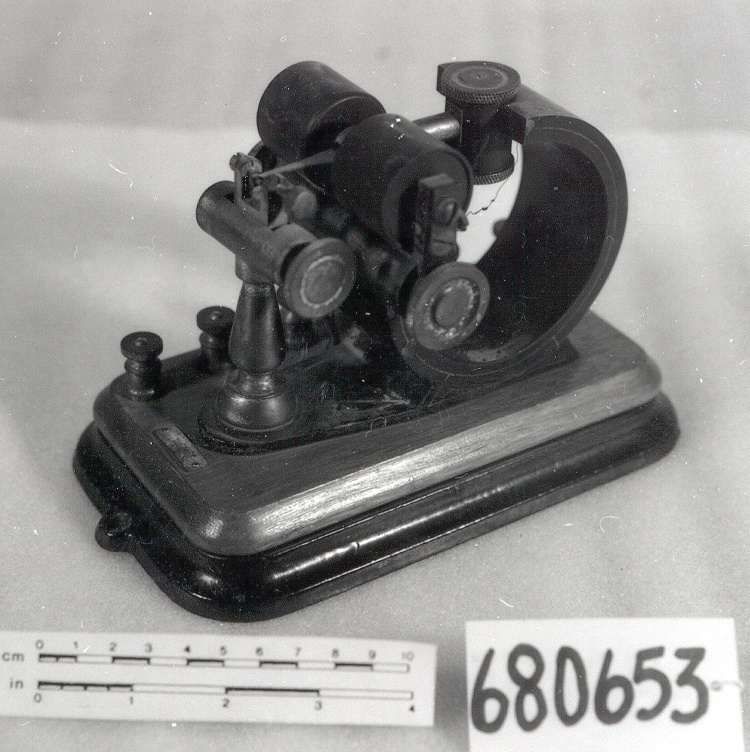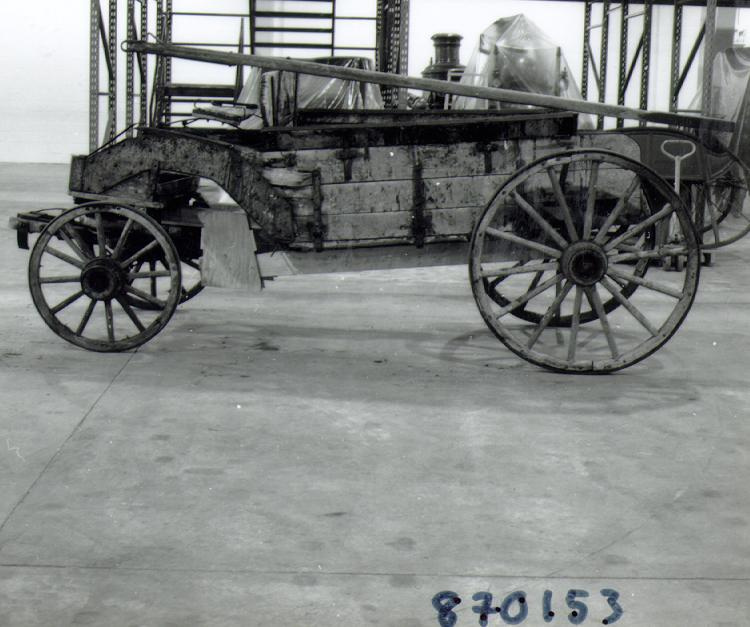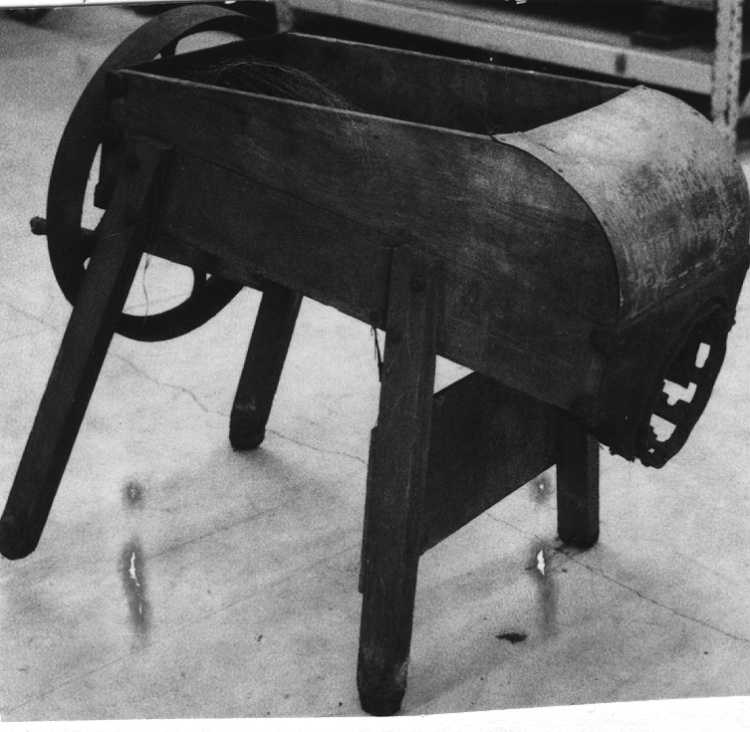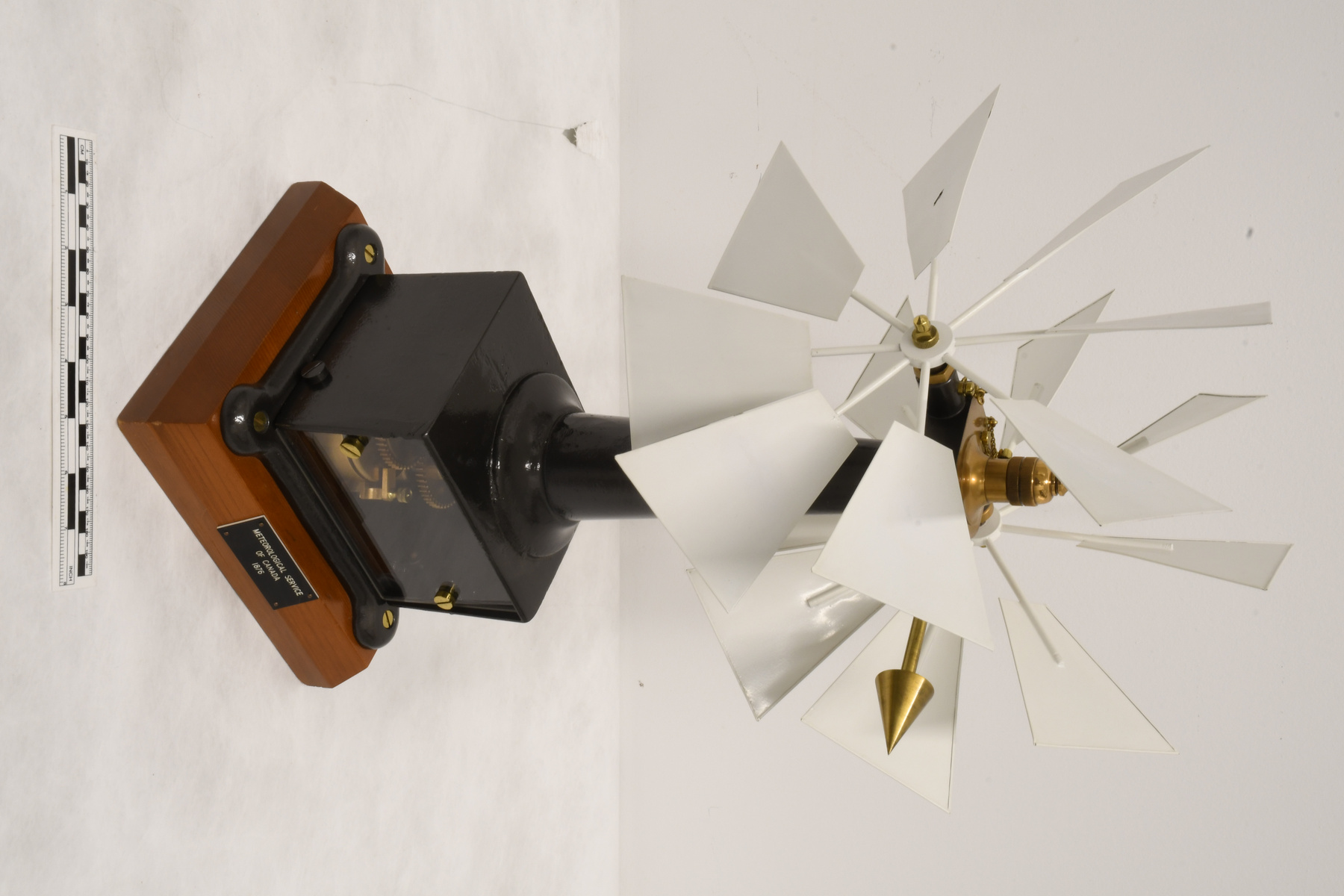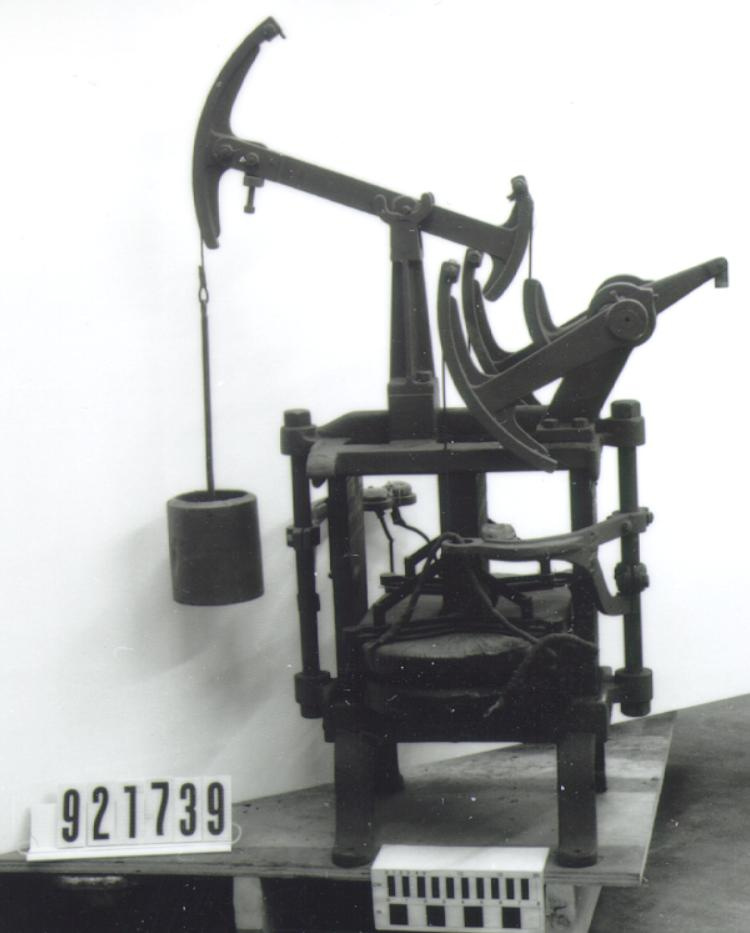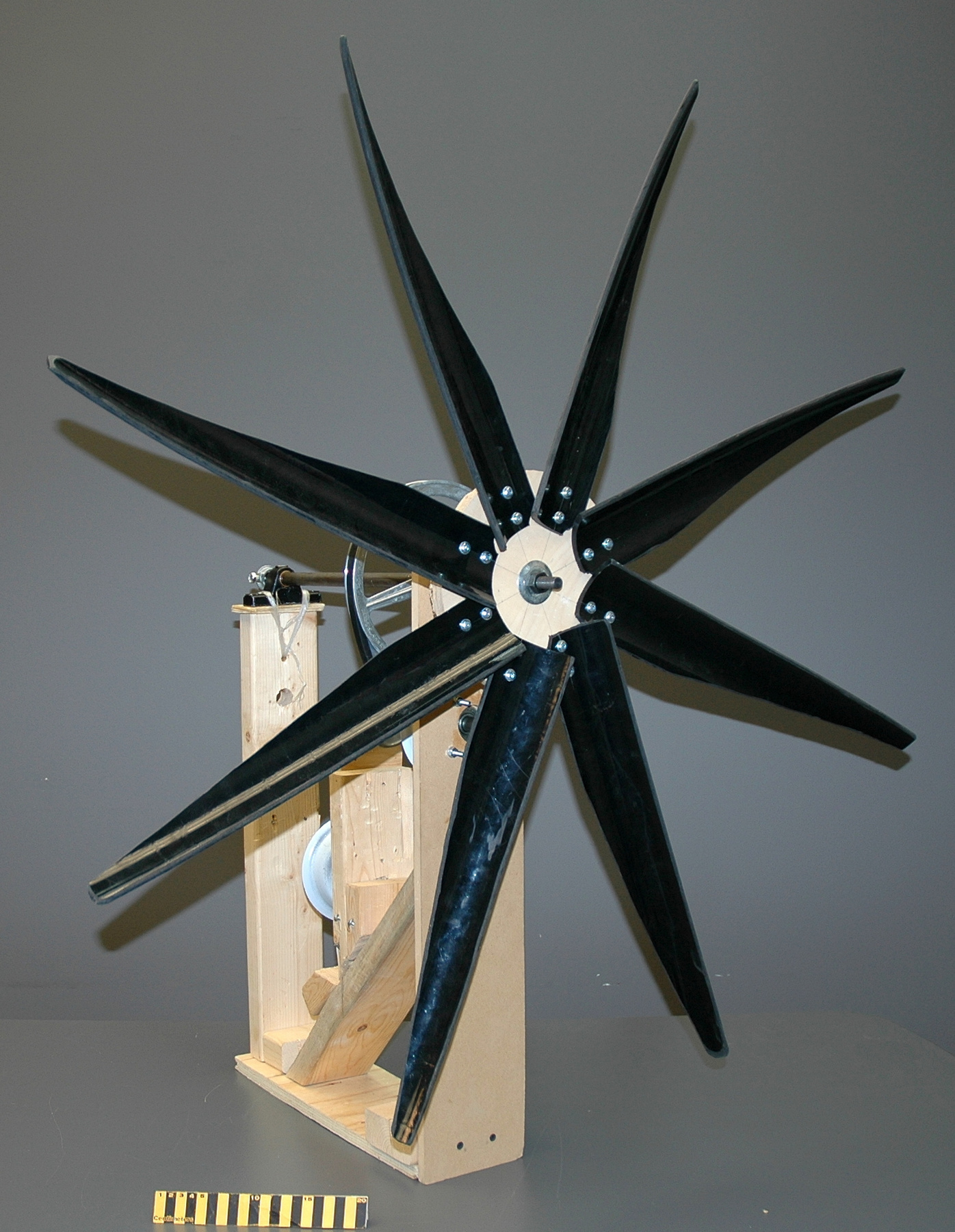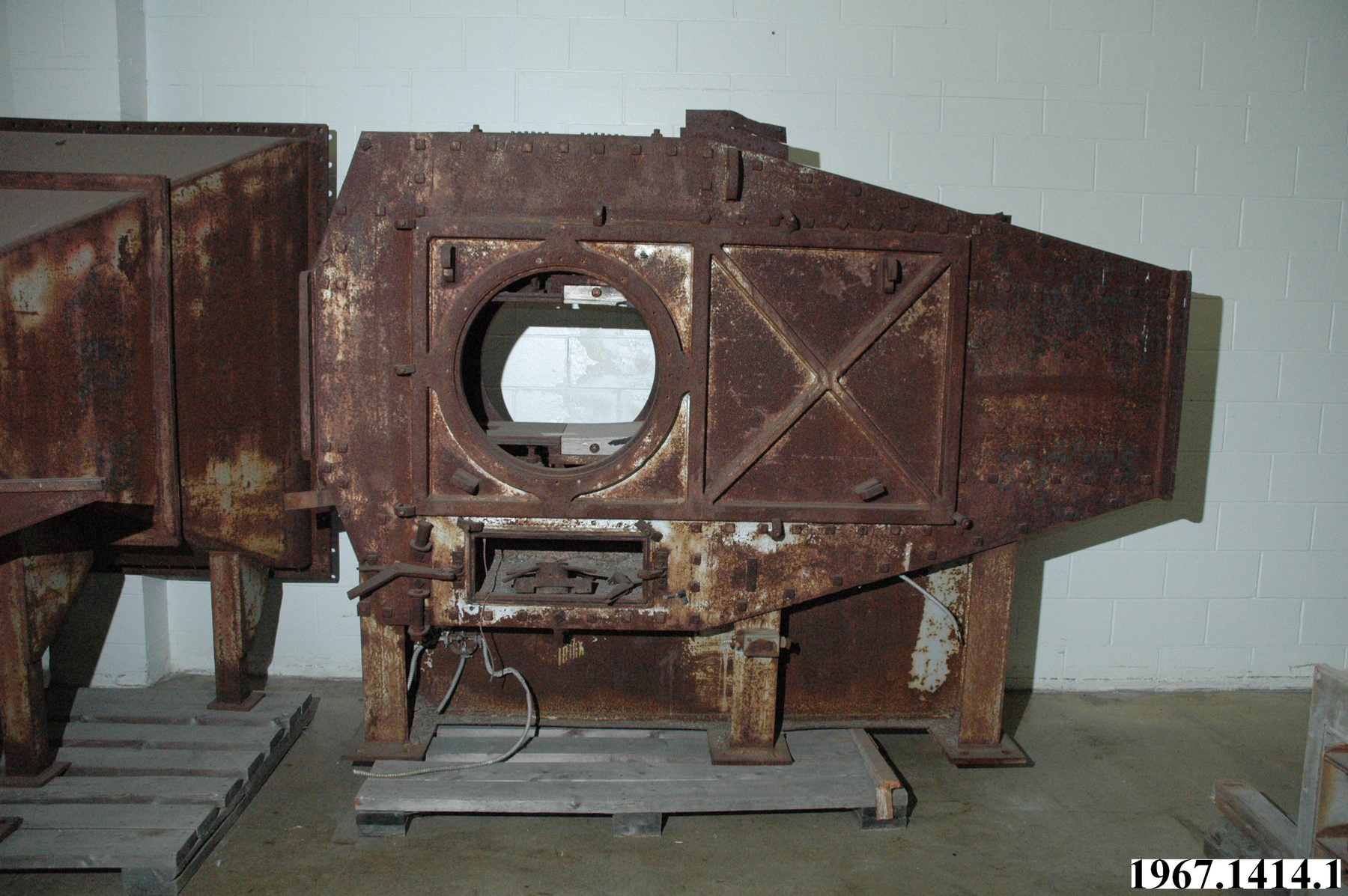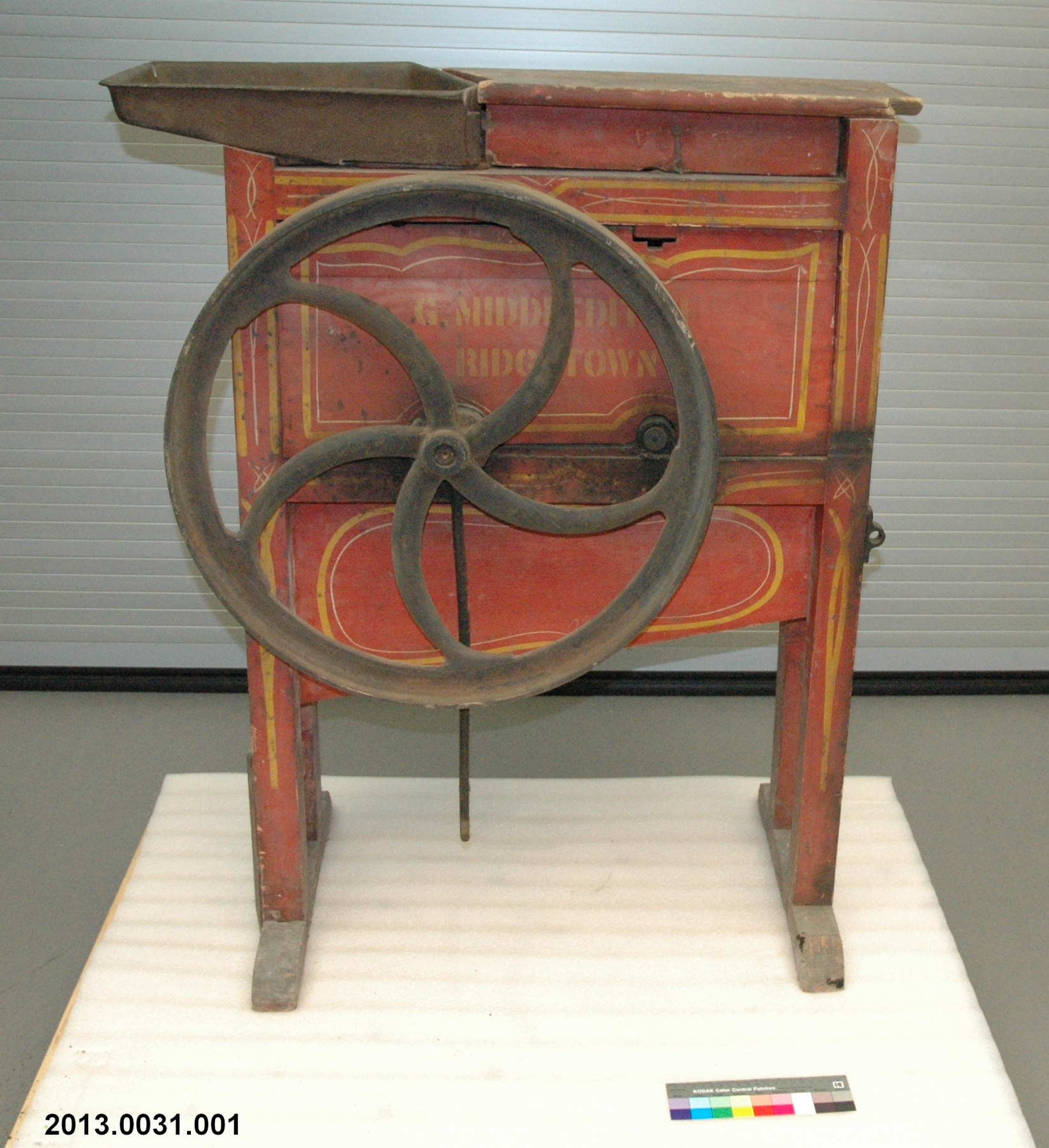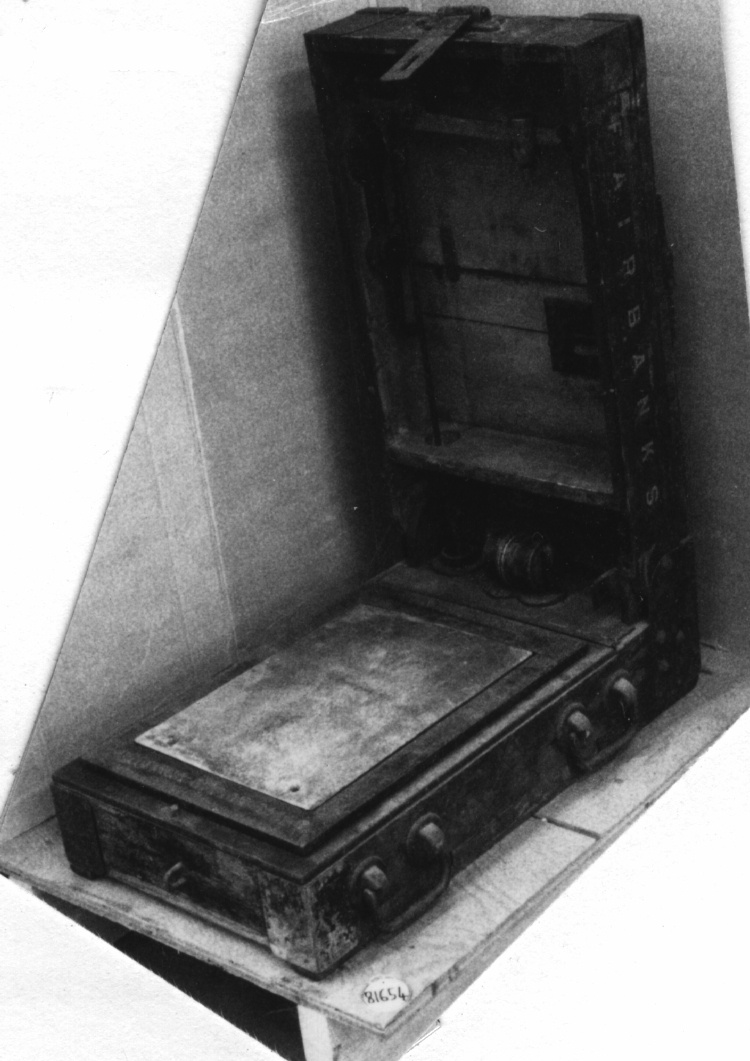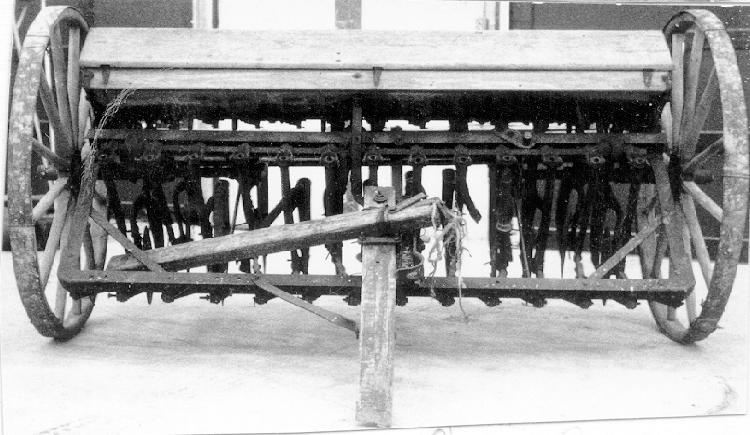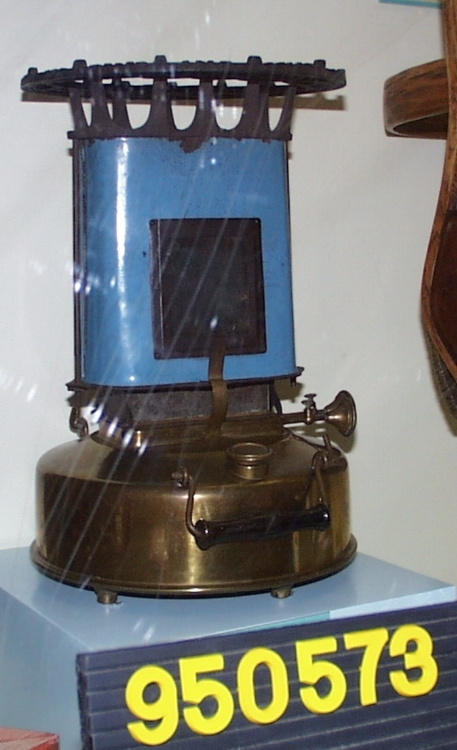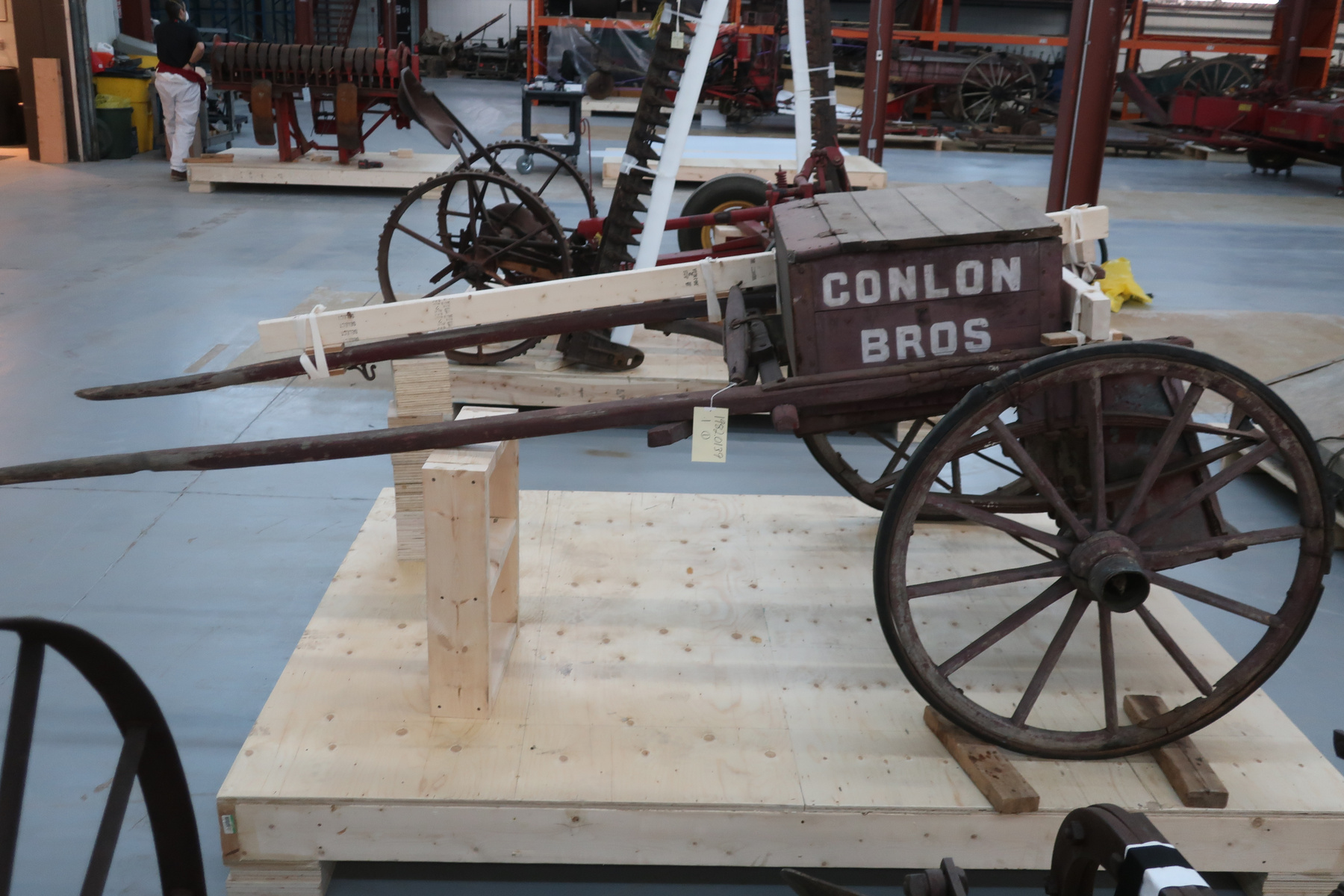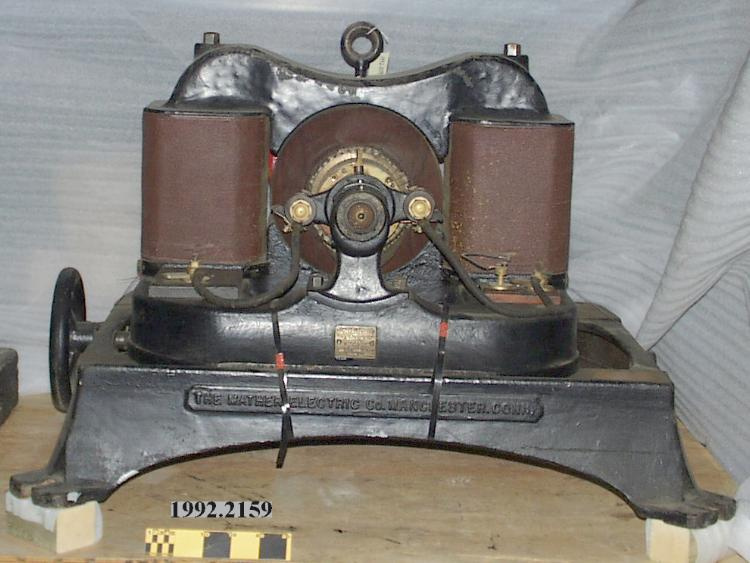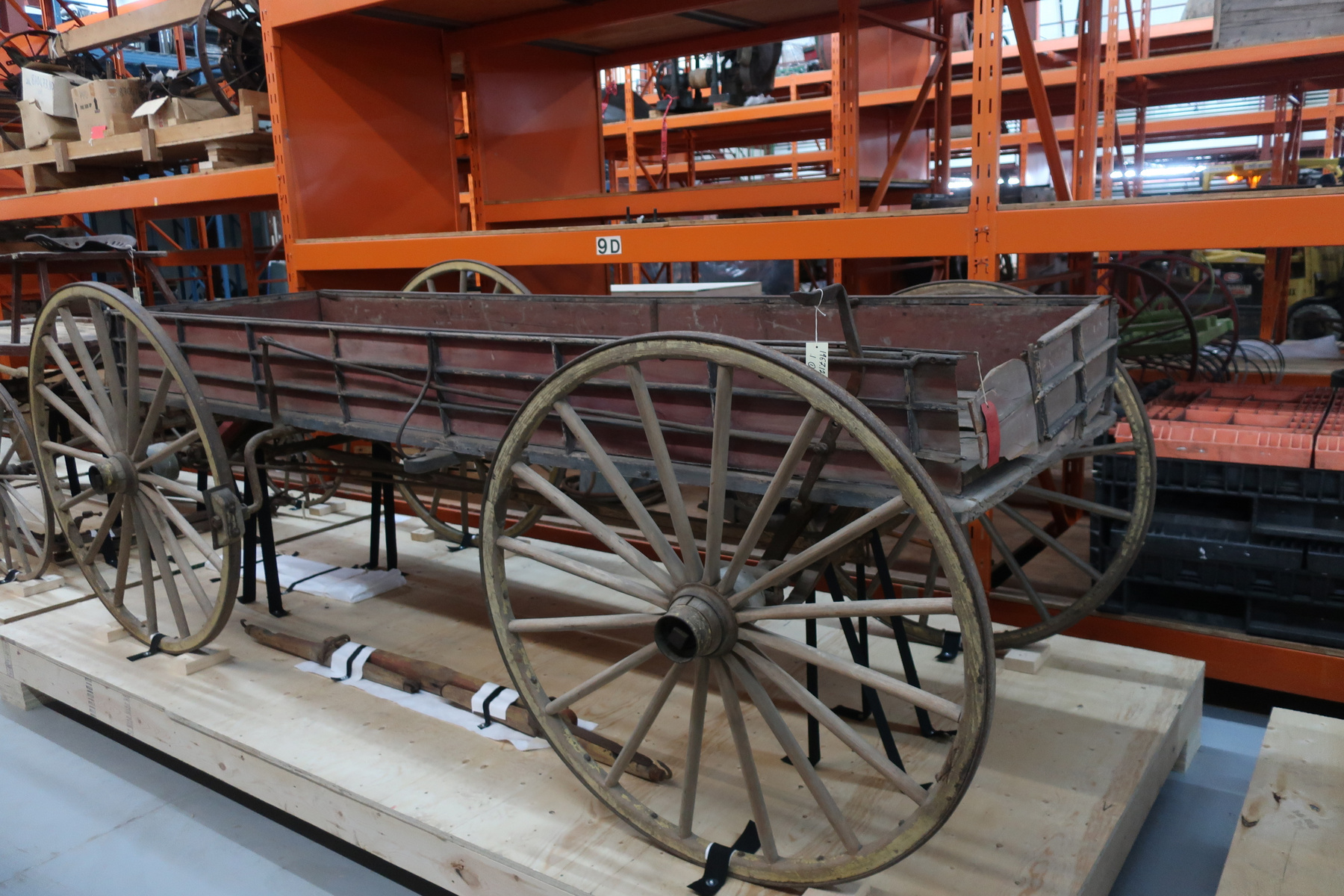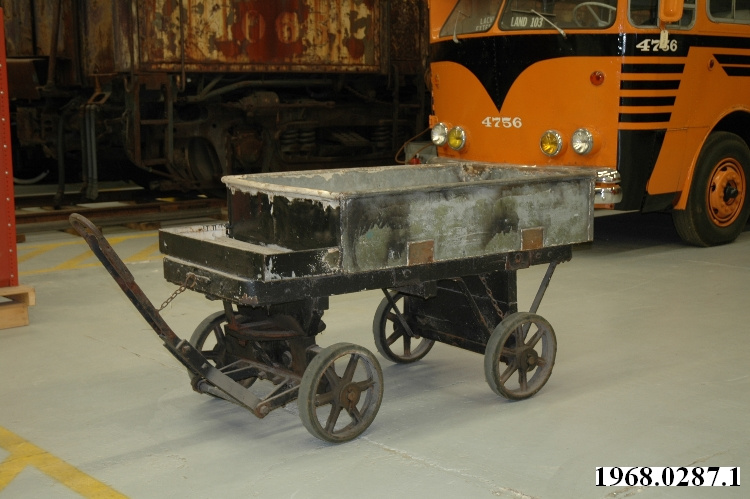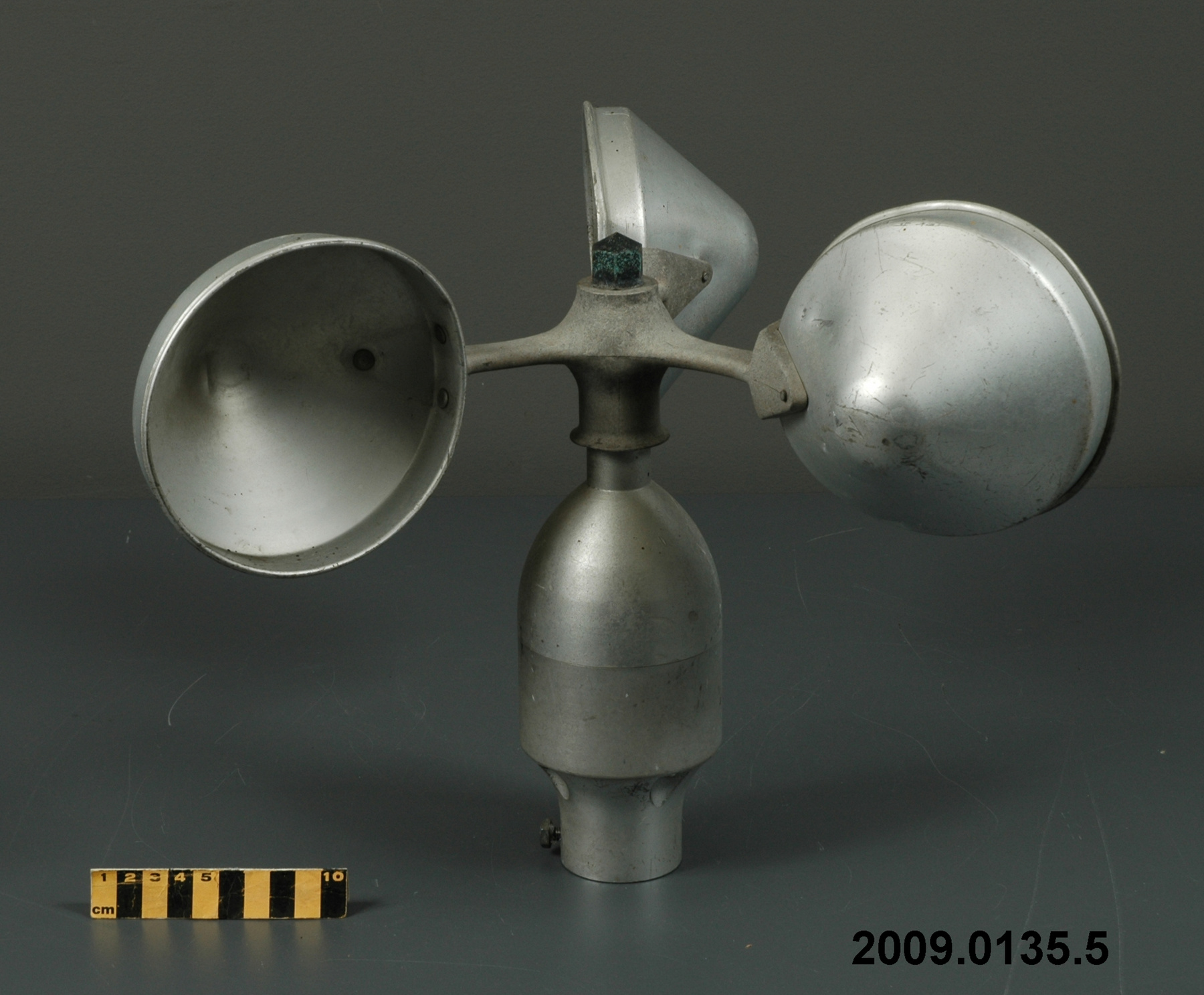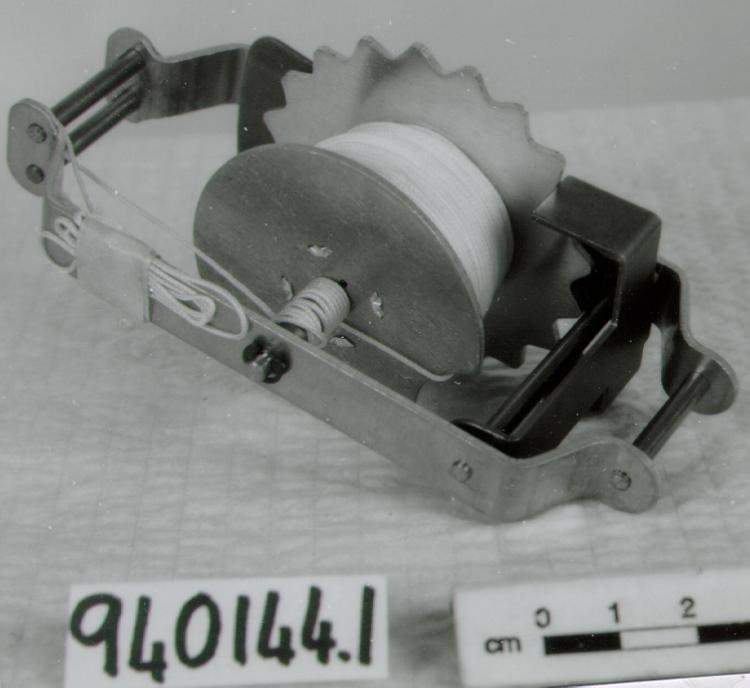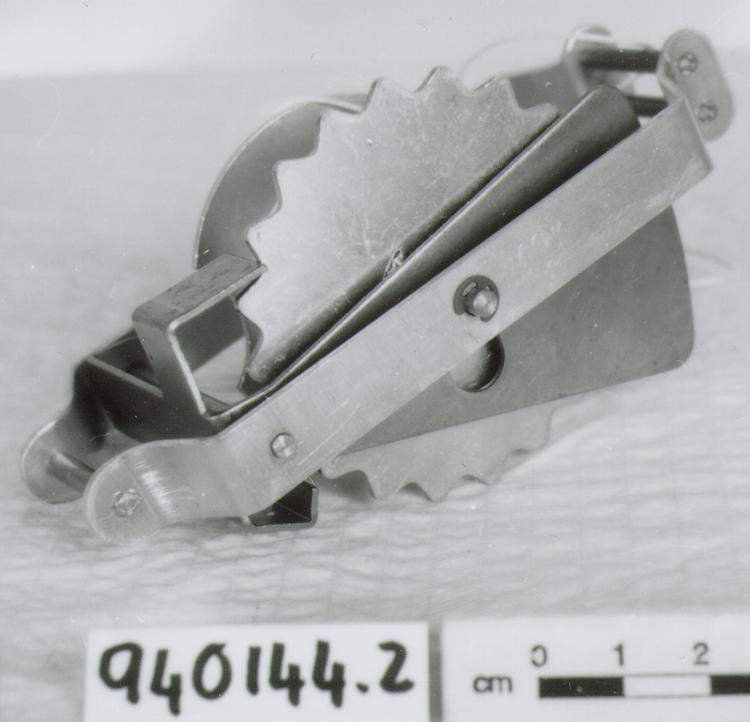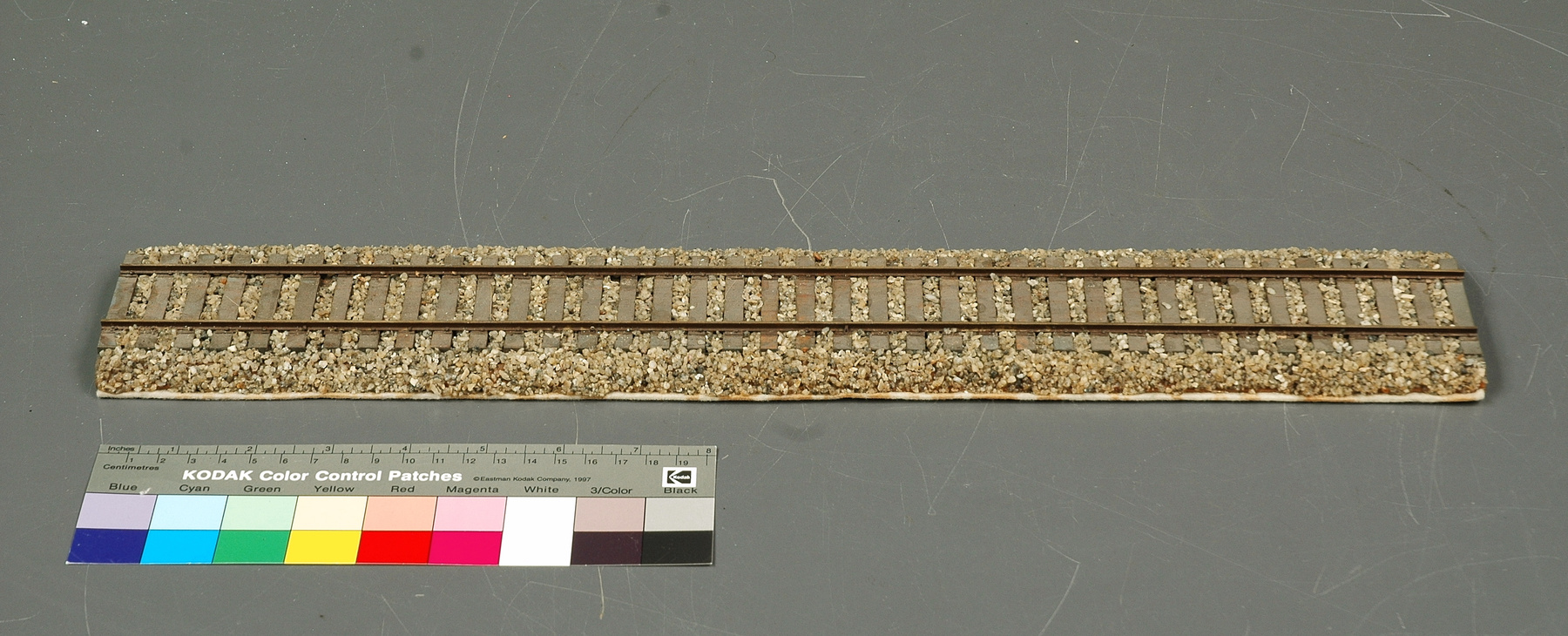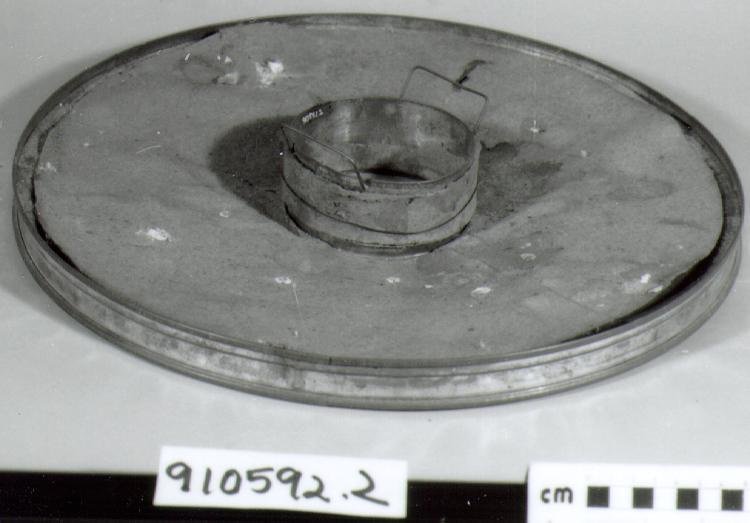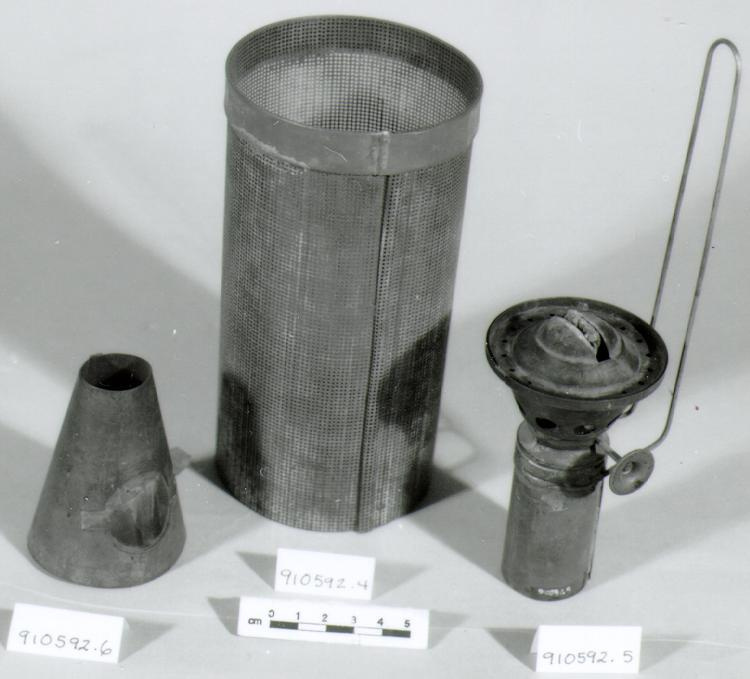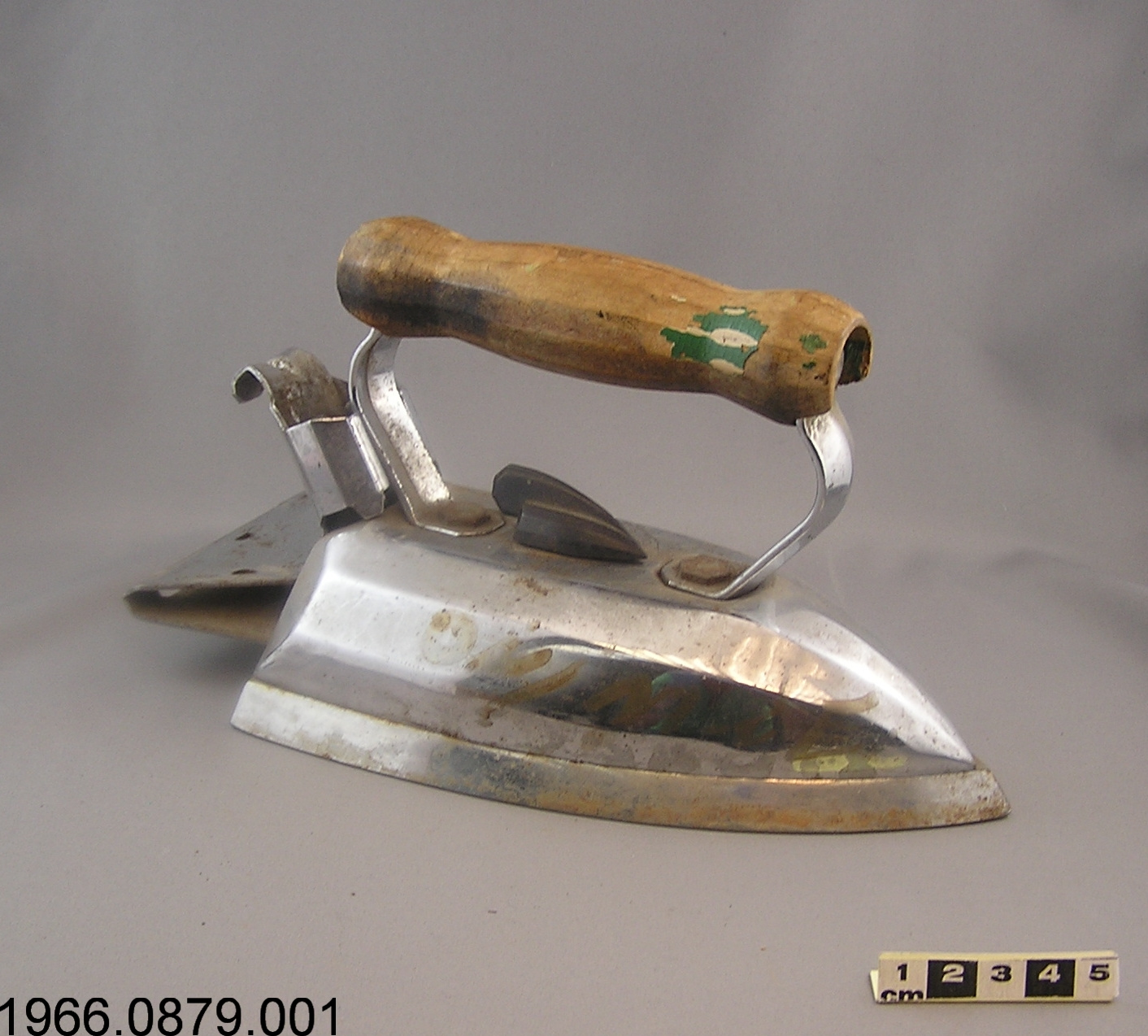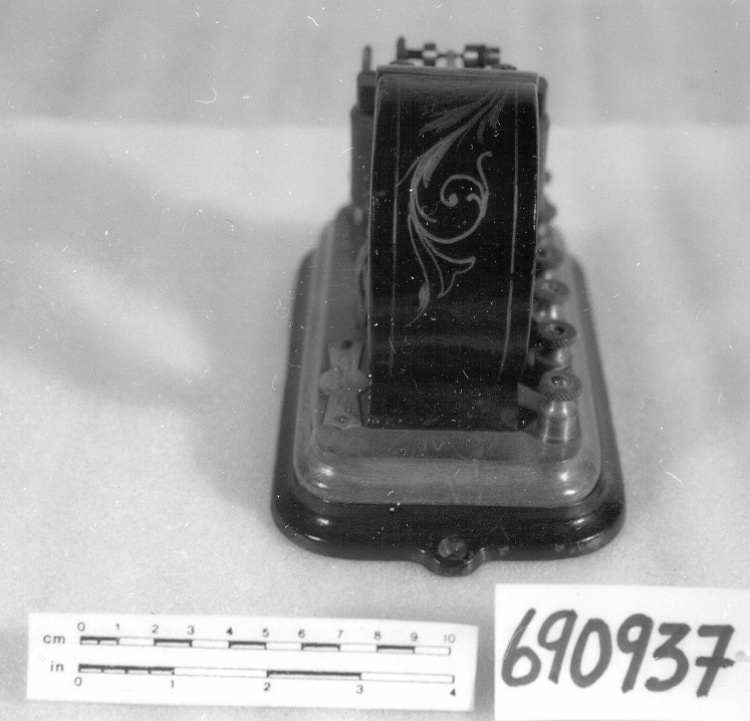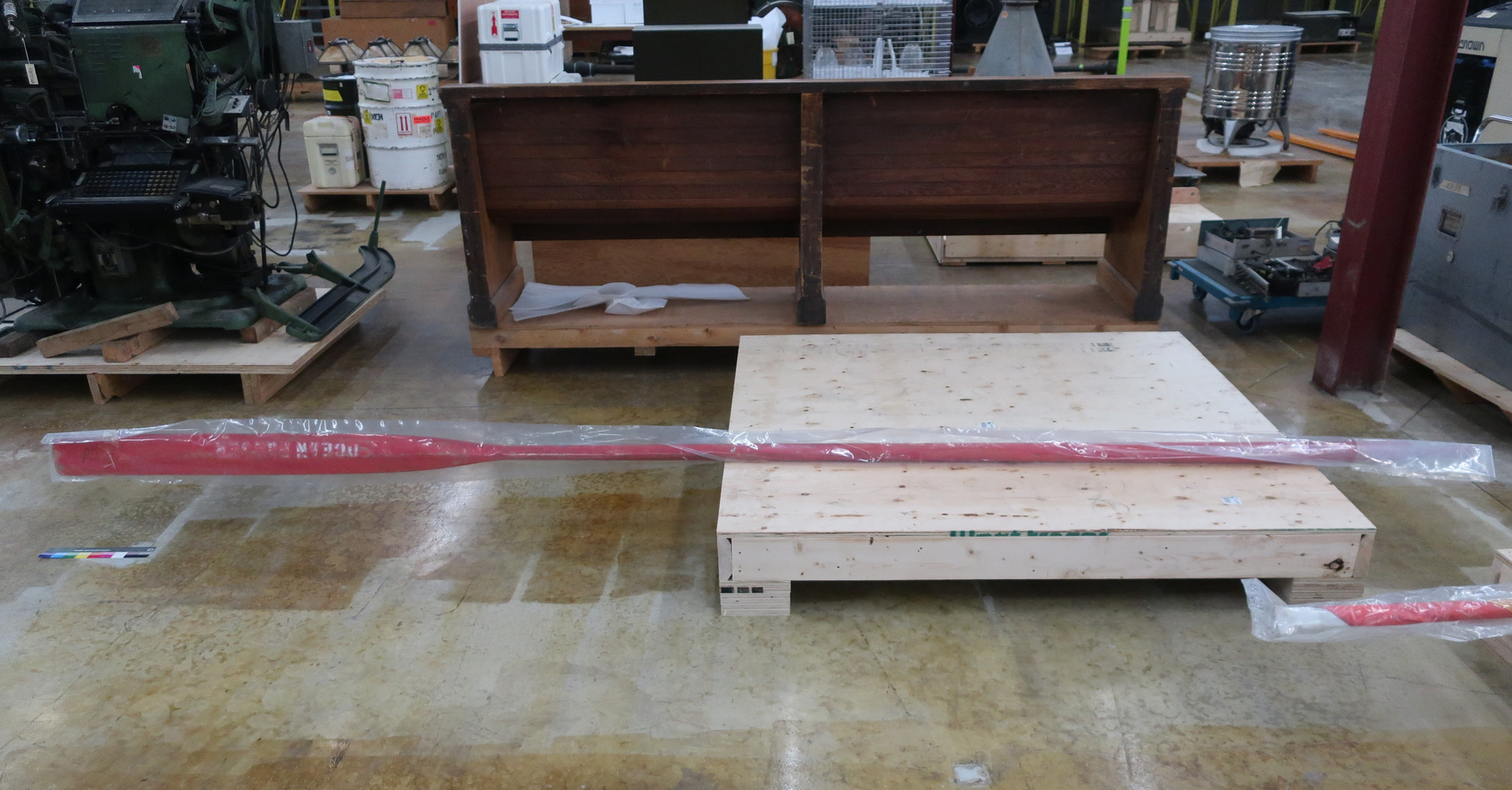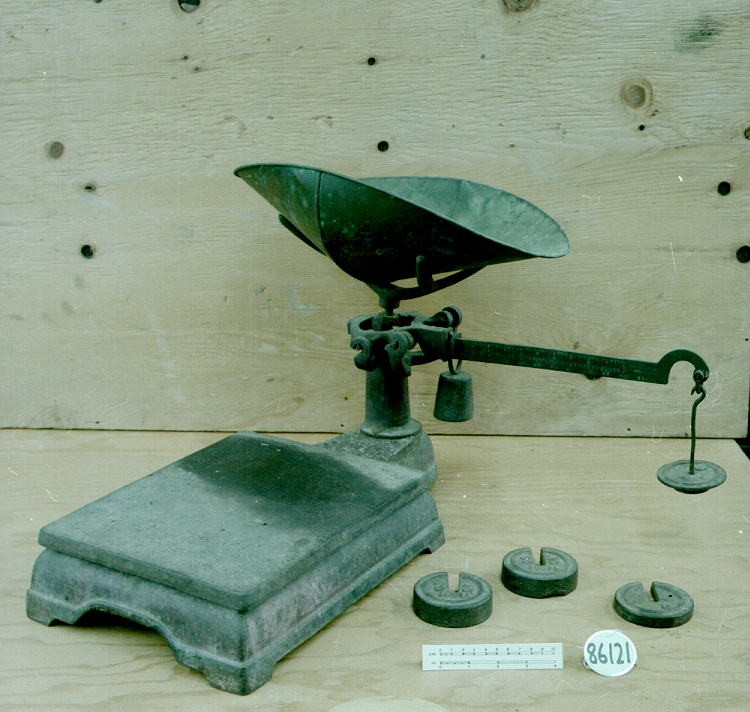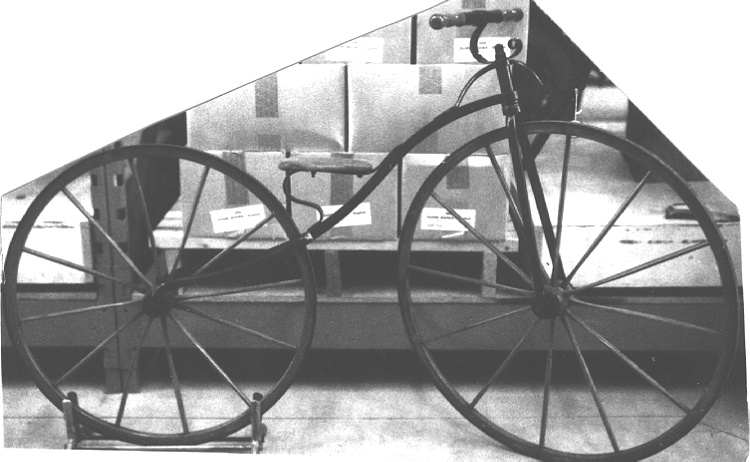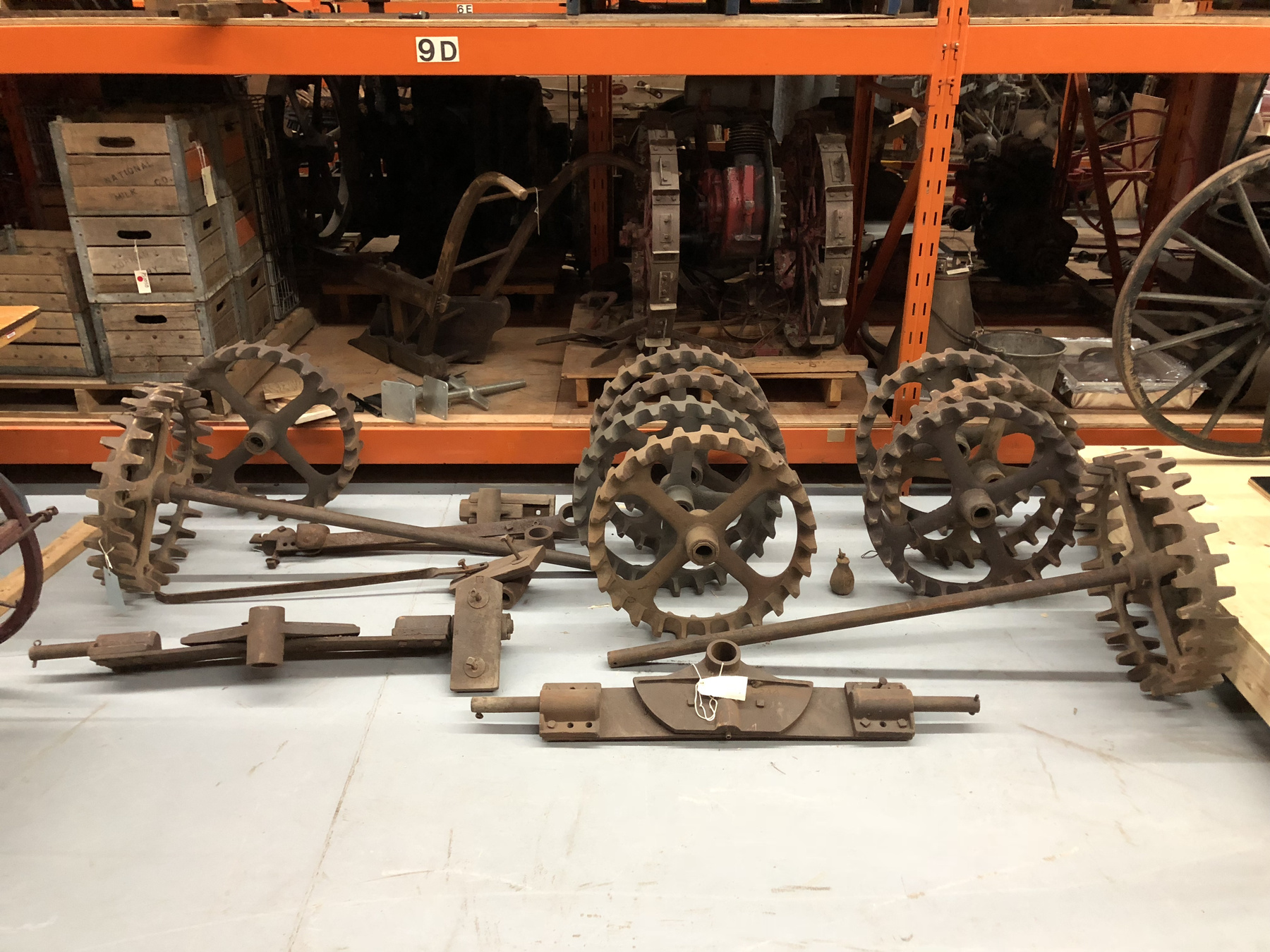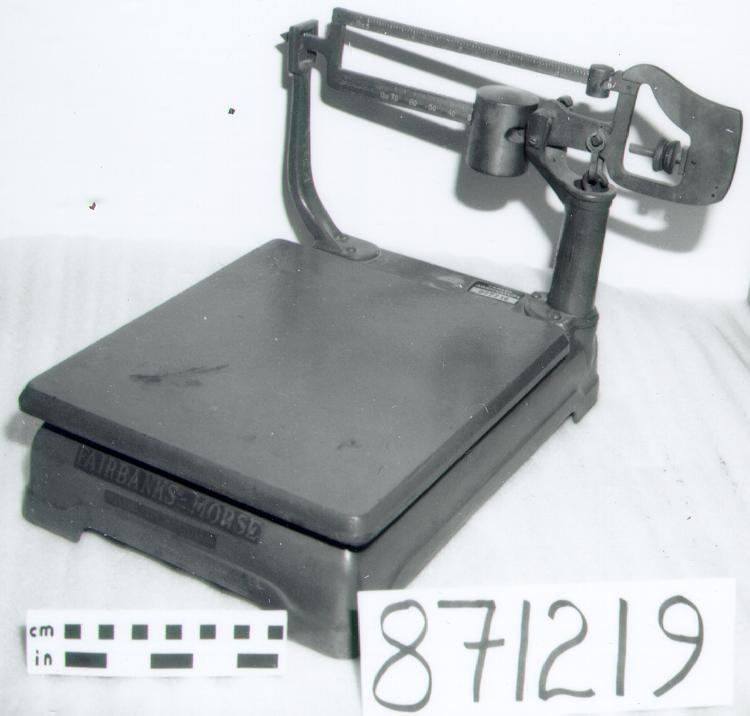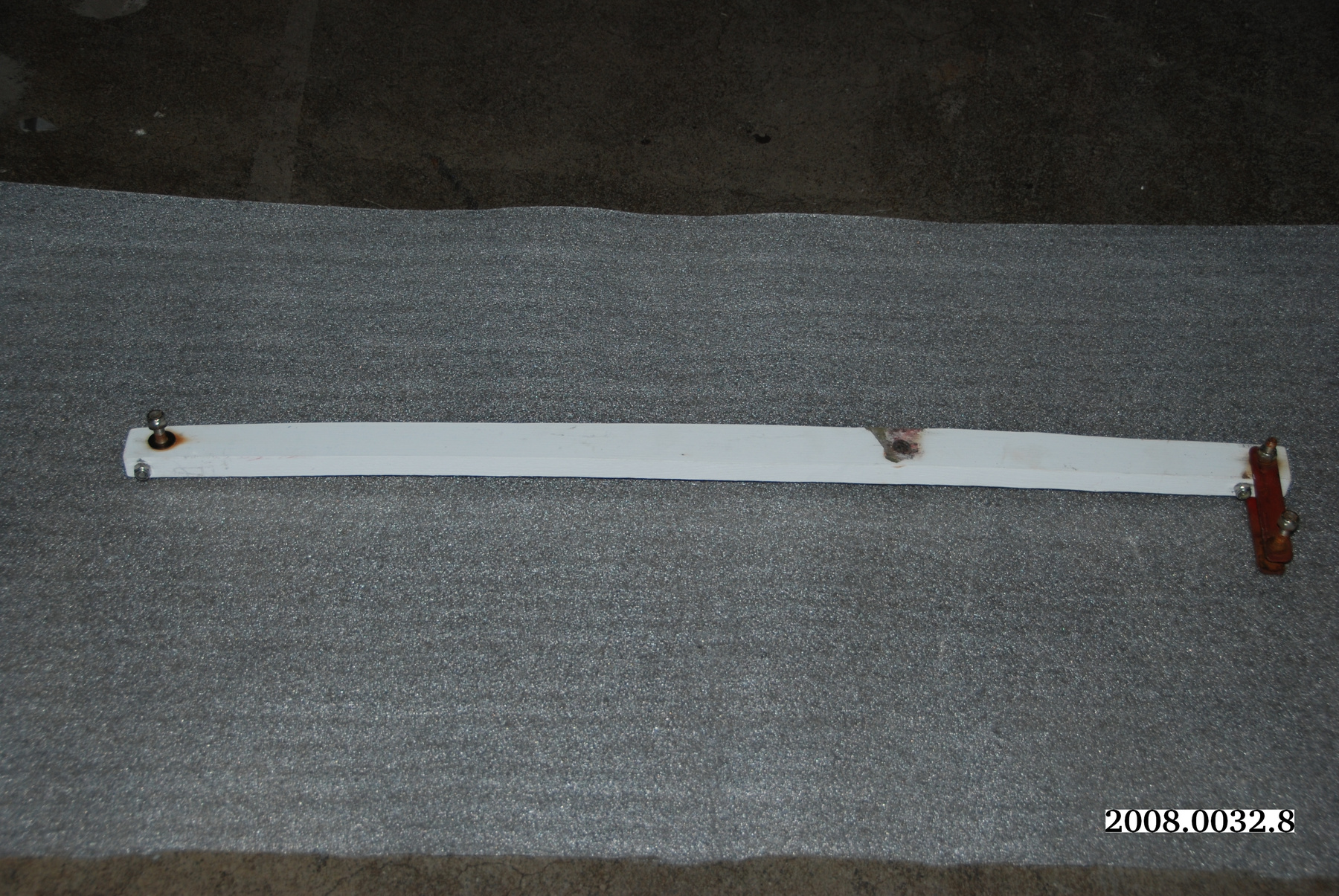Vilebrequin
Utiliser cette image
Puis-je réutiliser cette image sans autorisation? Oui
Les images sur le portail de la collection d’Ingenium ont la licence Creative Commons suivante :
Copyright Ingenium / CC BY-NC-ND (Attribution-NonCommercial 4.0 International (CC BY-NC 4.0)
ATTRIBUER CETTE IMAGE
Ingenium,
2008.0032.008
Permalien:
Ingenium diffuse cette image sous le cadre de licence Creative Commons et encourage son téléchargement et sa réutilisation à des fins non commerciales. Veuillez mentionner Ingenium et citer le numéro de l’artefact.
TÉLÉCHARGER L’IMAGEACHETER CETTE IMAGE
Cette image peut être utilisée gratuitement pour des fins non commerciales.
Pour un usage commercial, veuillez consulter nos frais de reproduction et communiquer avec nous pour acheter l’image.
- TYPE D’OBJET
- WOOD
- DATE
- 1918
- NUMÉRO DE L’ARTEFACT
- 2008.0032.008
- FABRICANT
- Elgin Wind Power & Pump Co.
- MODÈLE
- Hummer
- EMPLACEMENT
- Elgin, Illinois, United States of America
Plus d’information
Renseignements généraux
- Nº de série
- S/O
- Nº de partie
- 8
- Nombre total de parties
- 33
- Ou
- S/O
- Brevets
- S/O
- Description générale
- wood/ metal
Dimensions
Remarque : Cette information reflète la taille générale pour l’entreposage et ne représente pas nécessairement les véritables dimensions de l’objet.
- Longueur
- 84,5 cm
- Largeur
- 10,0 cm
- Hauteur
- 6,0 cm
- Épaisseur
- S/O
- Poids
- S/O
- Diamètre
- S/O
- Volume
- S/O
Lexique
- Groupe
- Agriculture
- Catégorie
- Sources d'énergie
- Sous-catégorie
- S/O
Fabricant
- Ou
- Elgin
- Pays
- United States of America
- État/province
- Illinois
- Ville
- Elgin
Contexte
- Pays
- Canada
- État/province
- Ontario
- Période
- Inconnu
- Canada
-
Mr. Mott actively collected windmills after his retirement from Ontario Hydro in the mid 1970s. Before that he acquired windmills as he came across them in the course of his lineman duties in south central and southwestern Ontario. - Fonction
-
All parts to this catalogue number form a windmill. - Technique
-
Sectional windmills were most commonly built of wood, though models with metal sections were available as an option from some manufacturers (including Elgin Wind Power). The wheel sections of this wooden windmill fold open and closed. This means the sections pivot in and out to regulate the amount of their surface area that is exposed to the wind. The control on this activity to prevent the windmill from spinning out of control and breaking is affected through the use of a cast iron governing/counter weight. The easiest (and best) way to understand this process is to stand with your back to the wind and try opening and closing an umbrella. The combination of the tendency of the sections to swing into the wind and of the counter-weight's control over the opening and closing of the sections has the key effect of regulating the windmill's speed/action. Unlike a fixed vane windmill the wheel sections of vaneless windmills turn behind the derrick. Although by the turn of the century it was most common to use angle iron in the construction of windmill towers, wooden Hummers were equipped with a wooden tower on which was mounted a maintenance platform. The edge of the platform (as is the instance with this example) was often equipped with decorative ironwork by the owner. Given the majority of the components of this style of windmill were made of wood of those examples currently in existence many ave had those parts replaced. Mr. Mott took great care to use the proper wood (cypress) and even went to the extent of using hand boring tools used in the windmill industry of the period to make holes for the iron bolts. He also took care to ensure his wooden windmills were kept painted to prevent the onset of rot. - Notes sur la région
-
Inconnu
Détails
- Marques
- none
- Manque
- S/O
- Fini
- wood painted white/ red painted metal hardware
- Décoration
- S/O
FAIRE RÉFÉRENCE À CET OBJET
Si vous souhaitez publier de l’information sur cet objet de collection, veuillez indiquer ce qui suit :
Elgin Wind Power & Pump Co., Vilebrequin, vers 1918, Numéro de l'artefact 2008.0032, Ingenium - Musées des sciences et de l'innovation du Canada, http://collection.ingeniumcanada.org/fr/item/2008.0032.008/
RÉTROACTION
Envoyer une question ou un commentaire sur cet artefact.
Plus comme ceci
